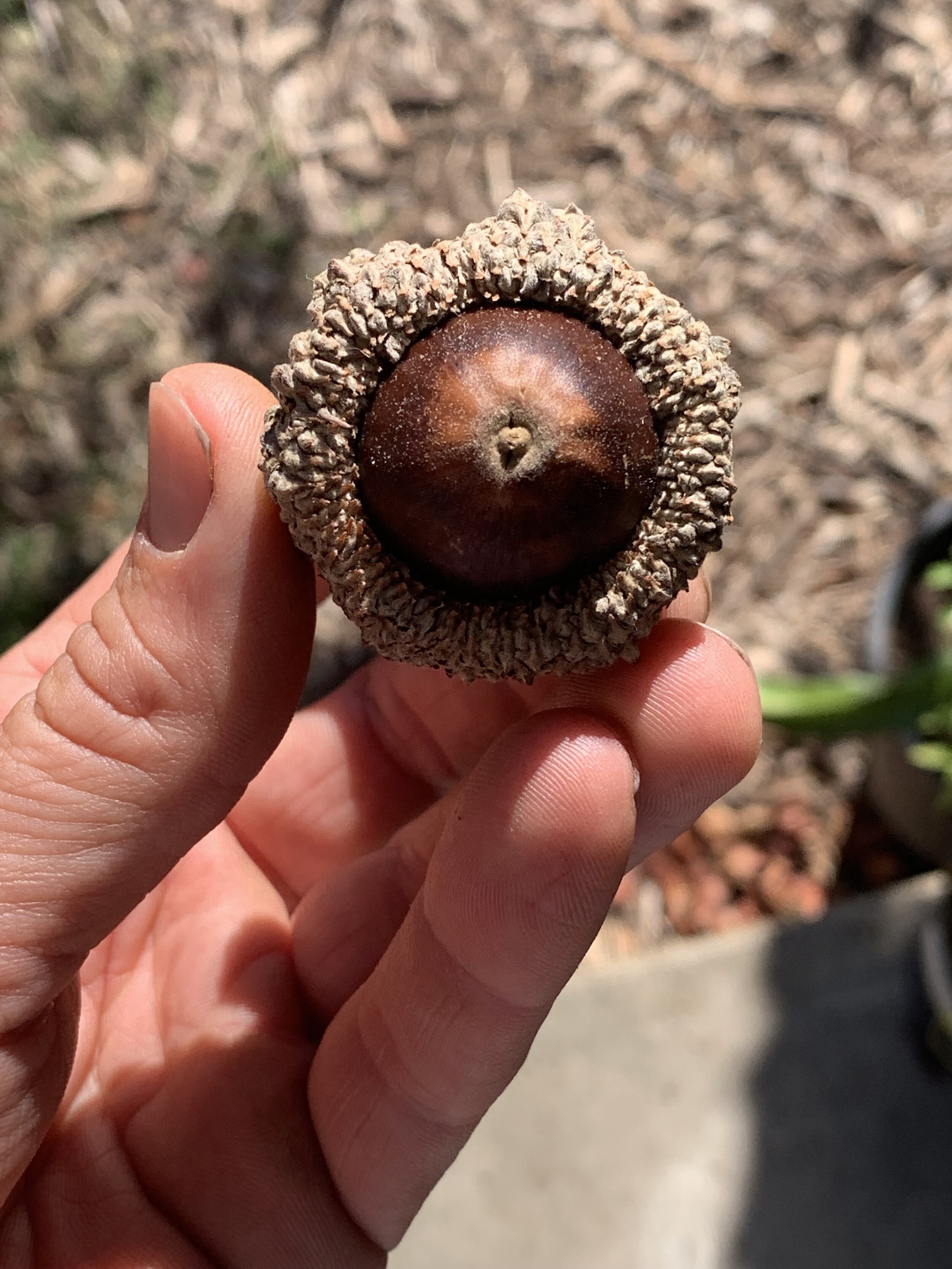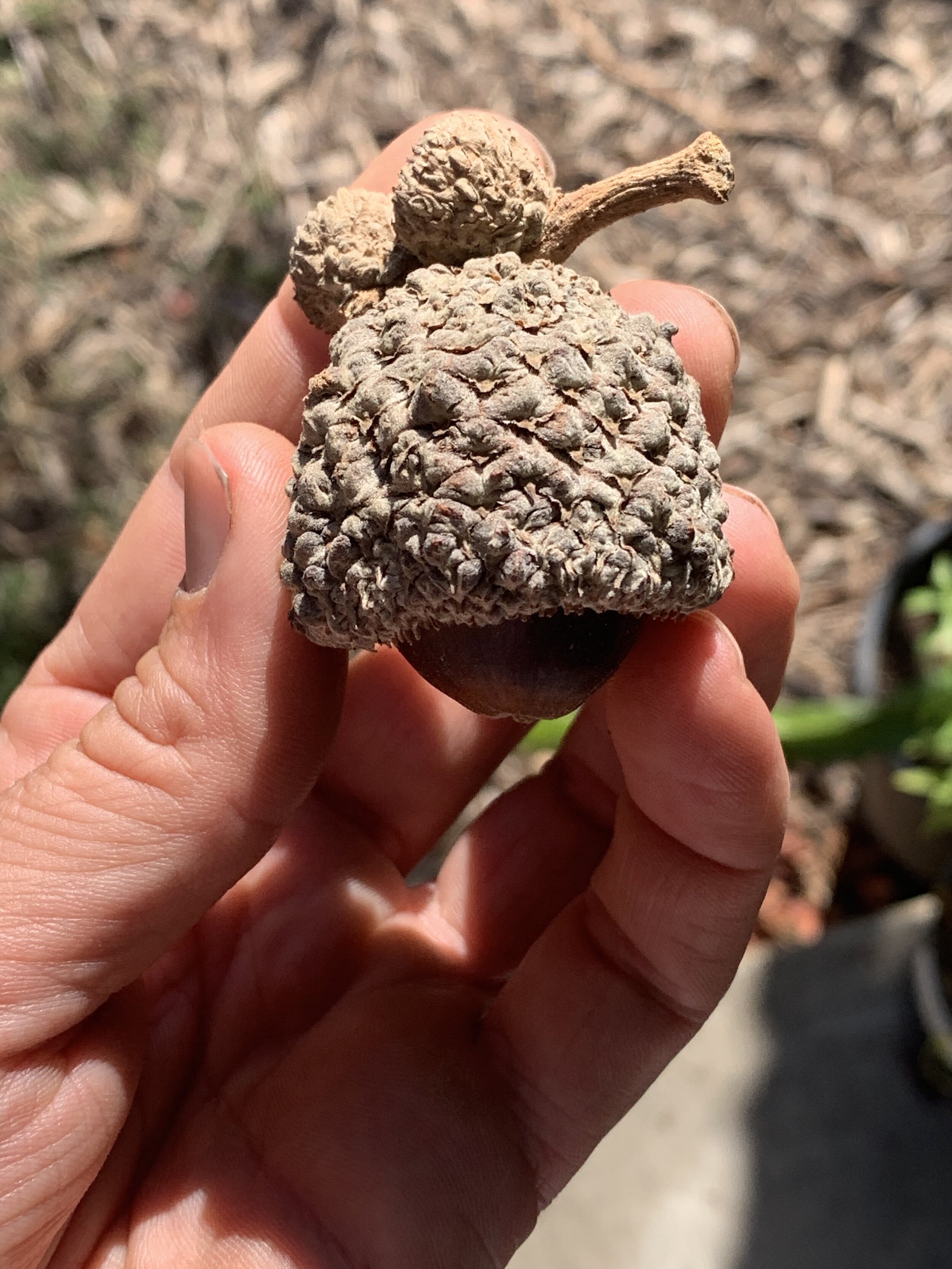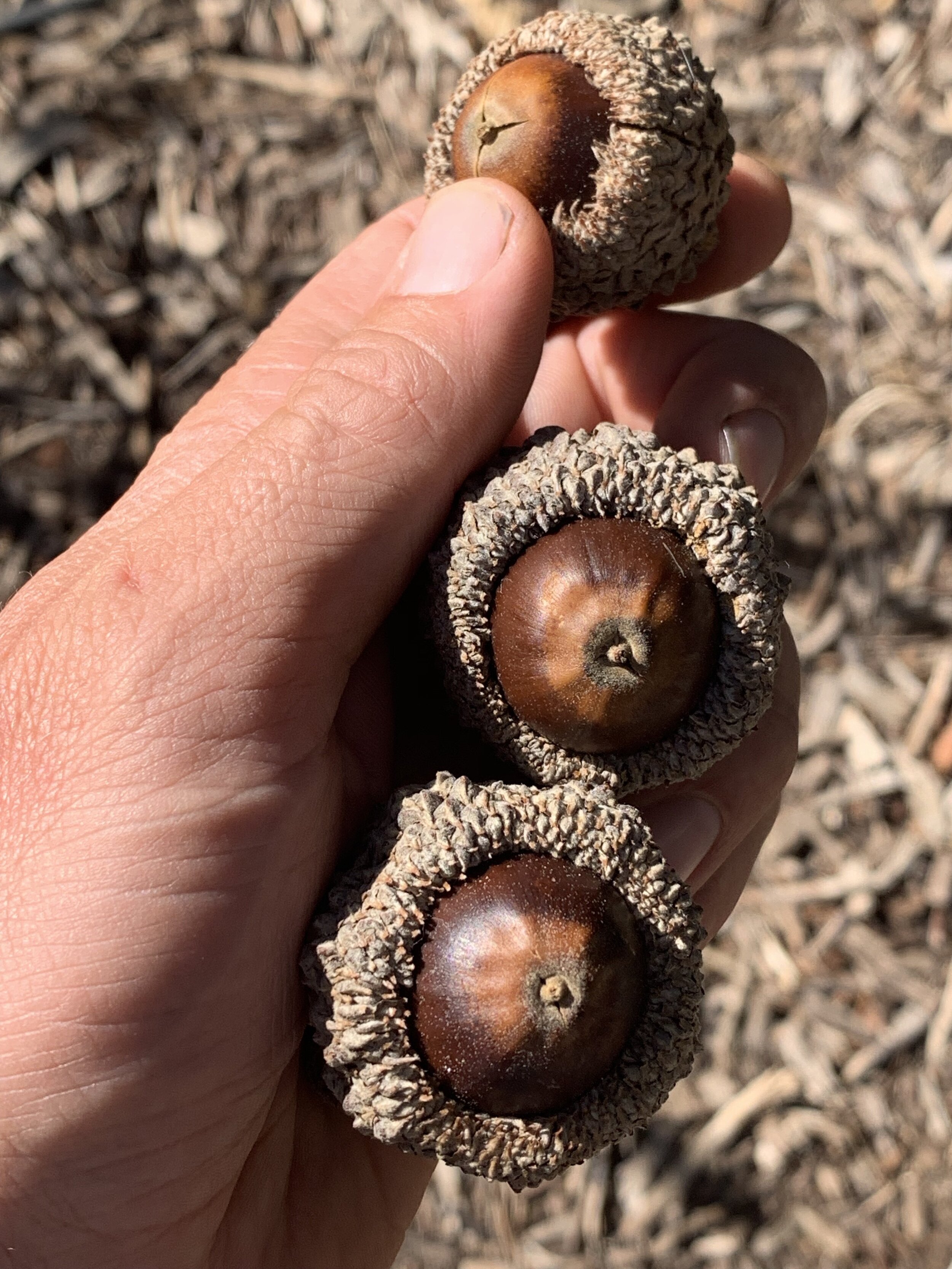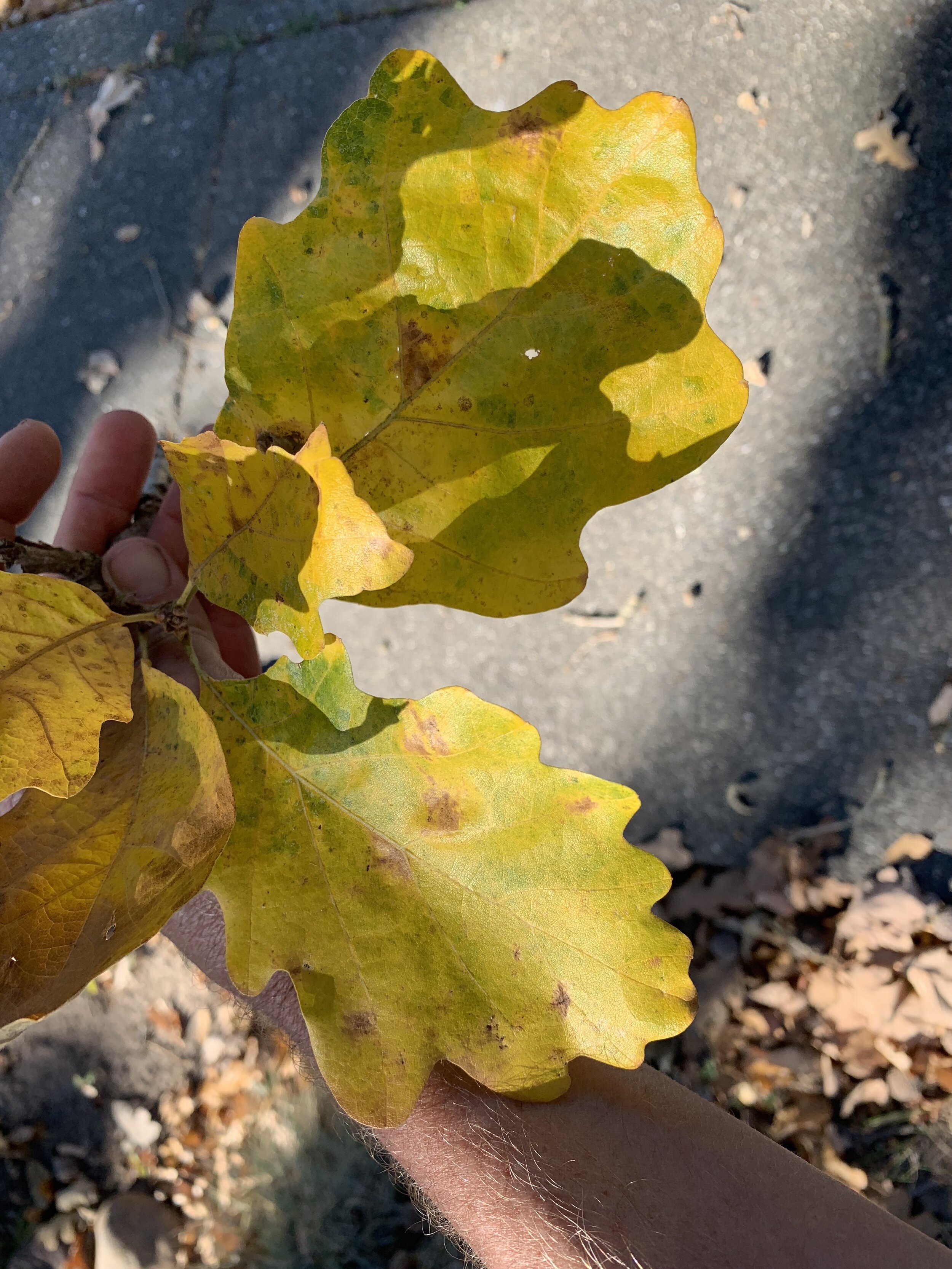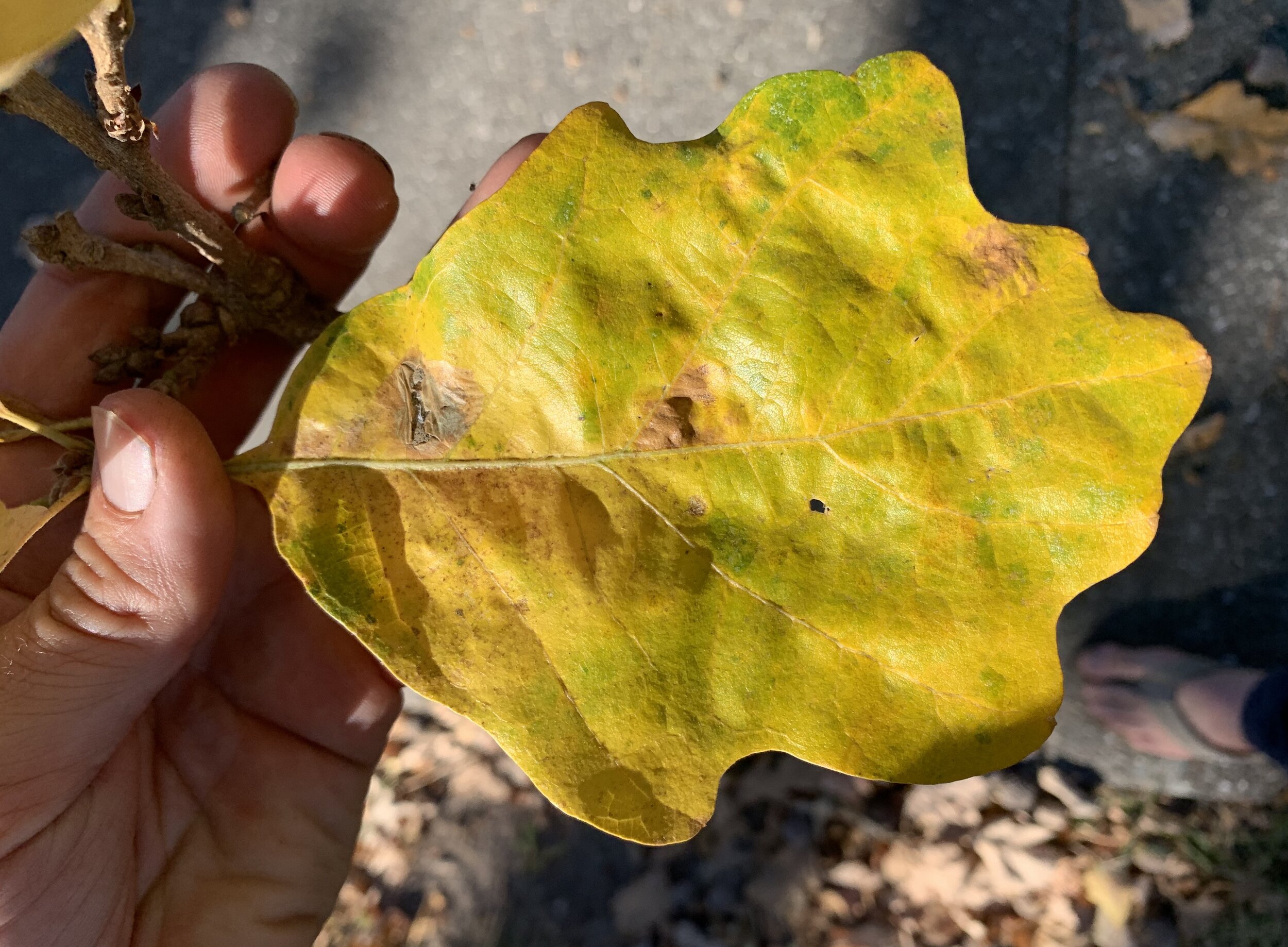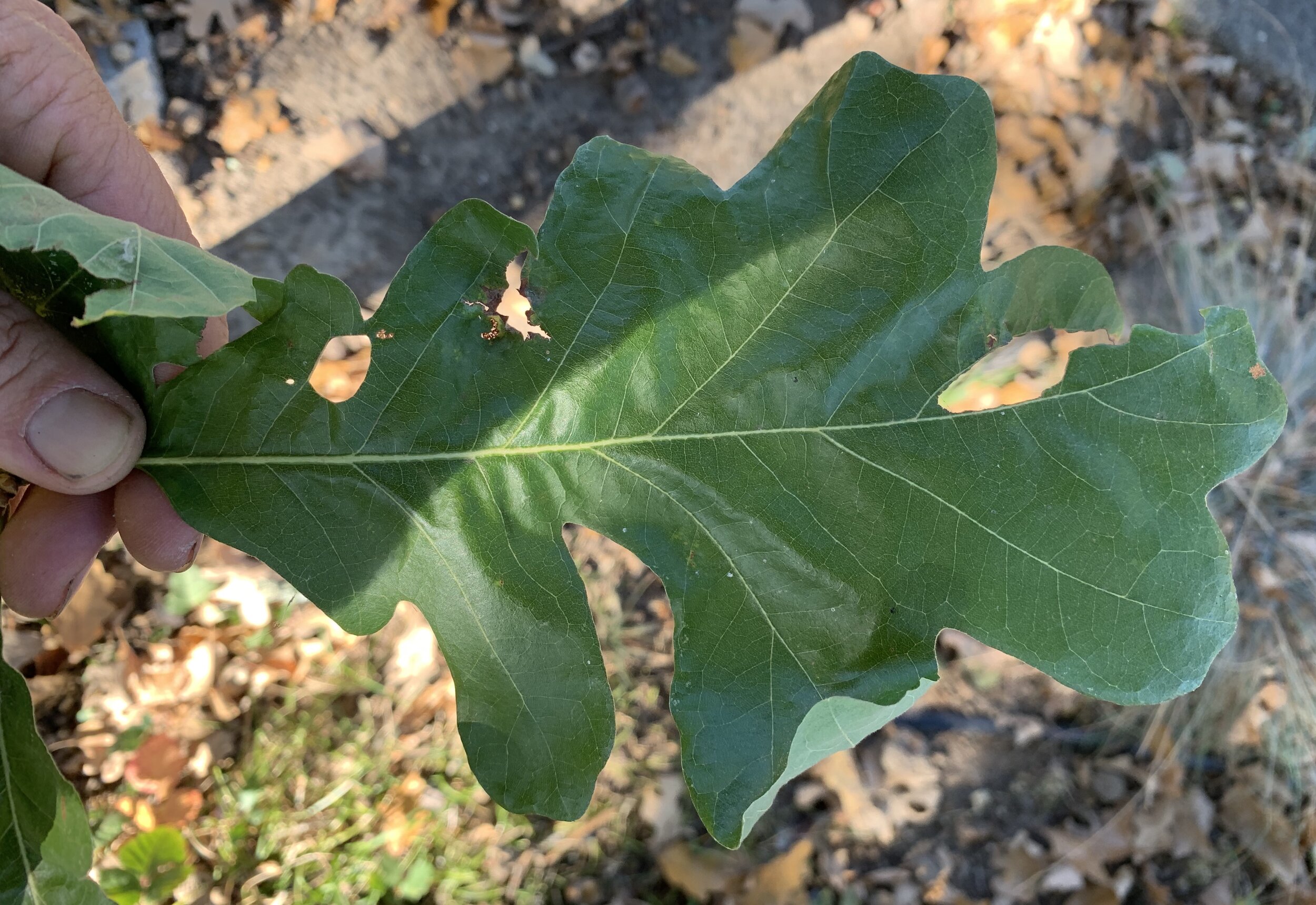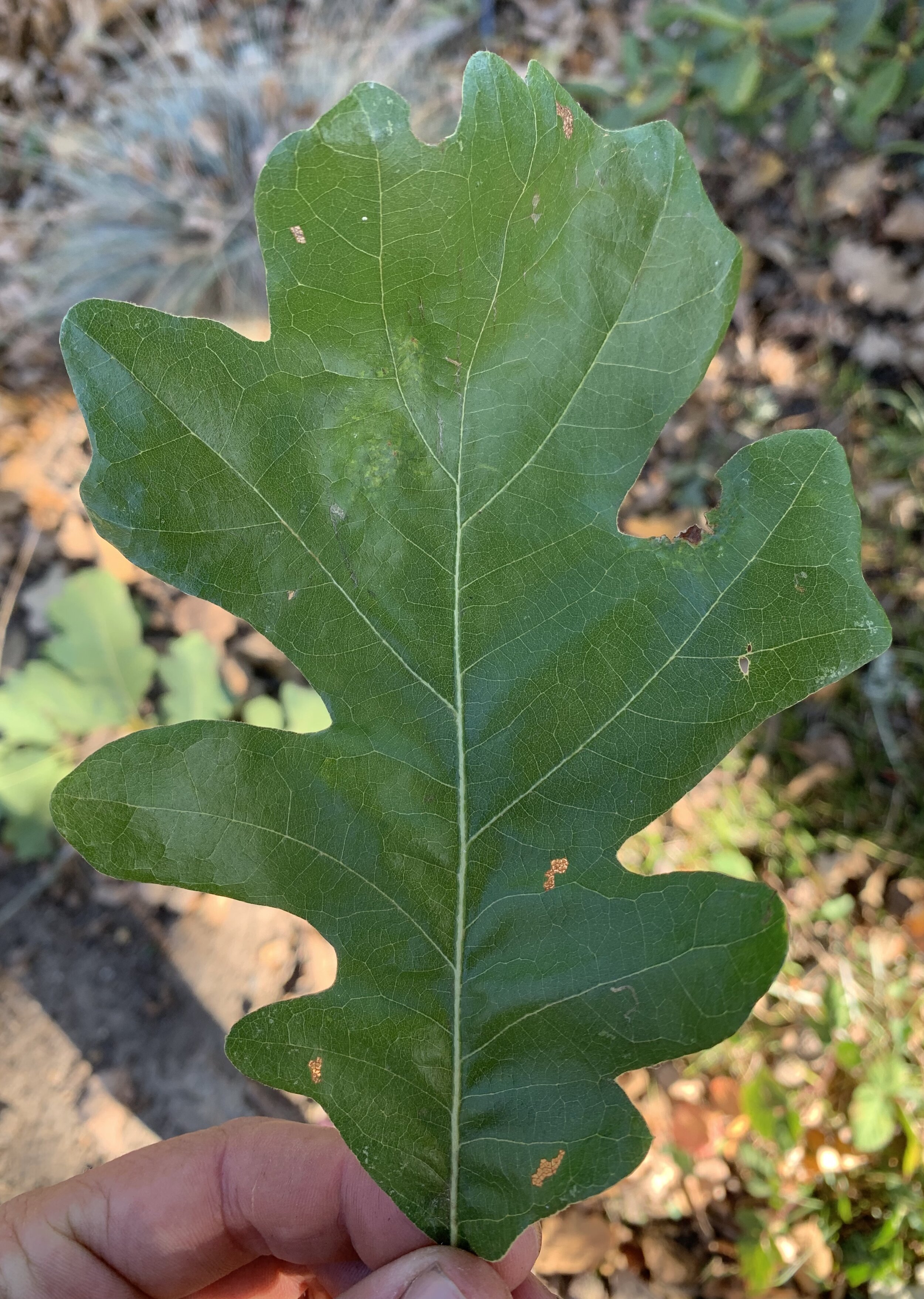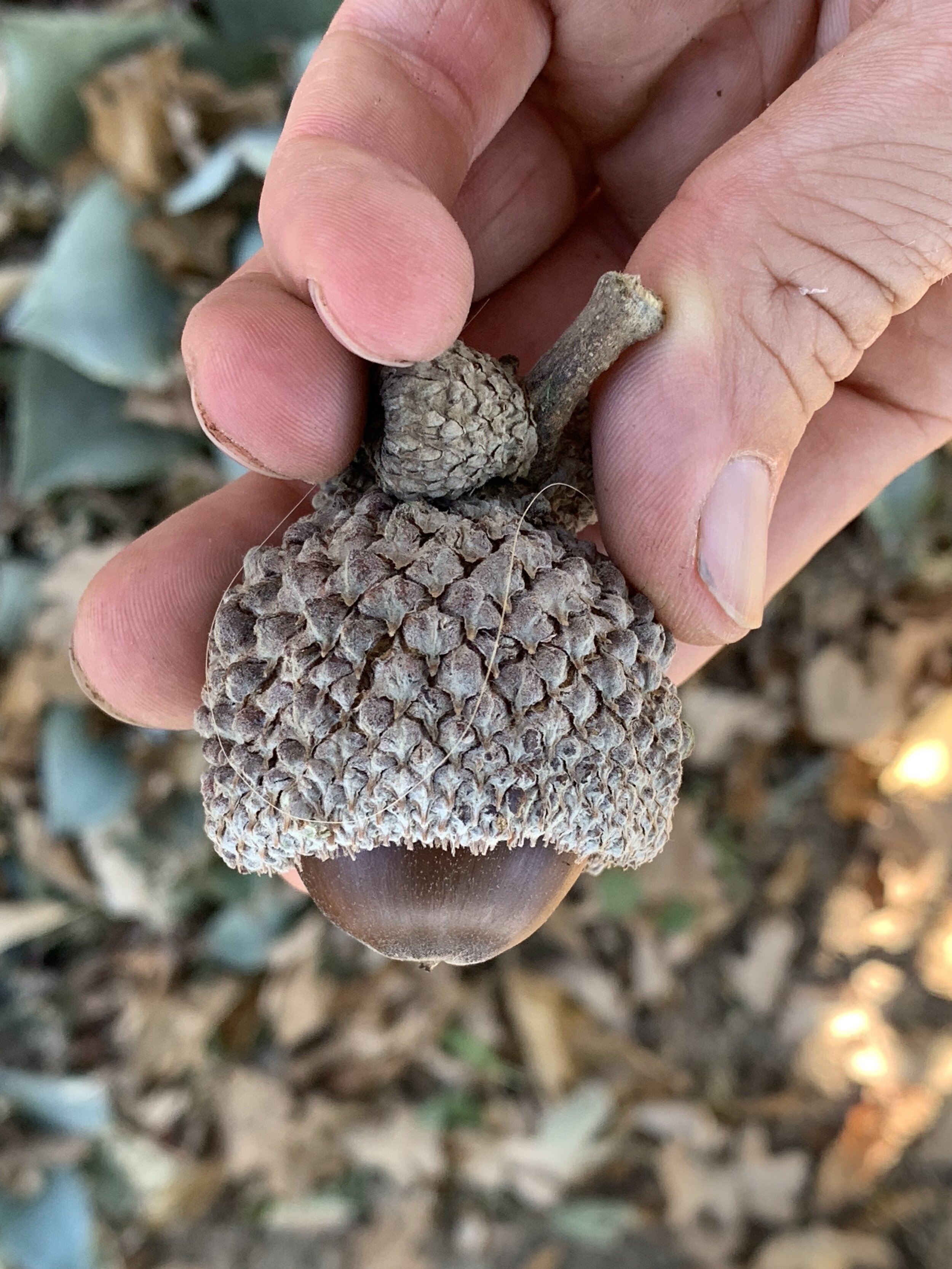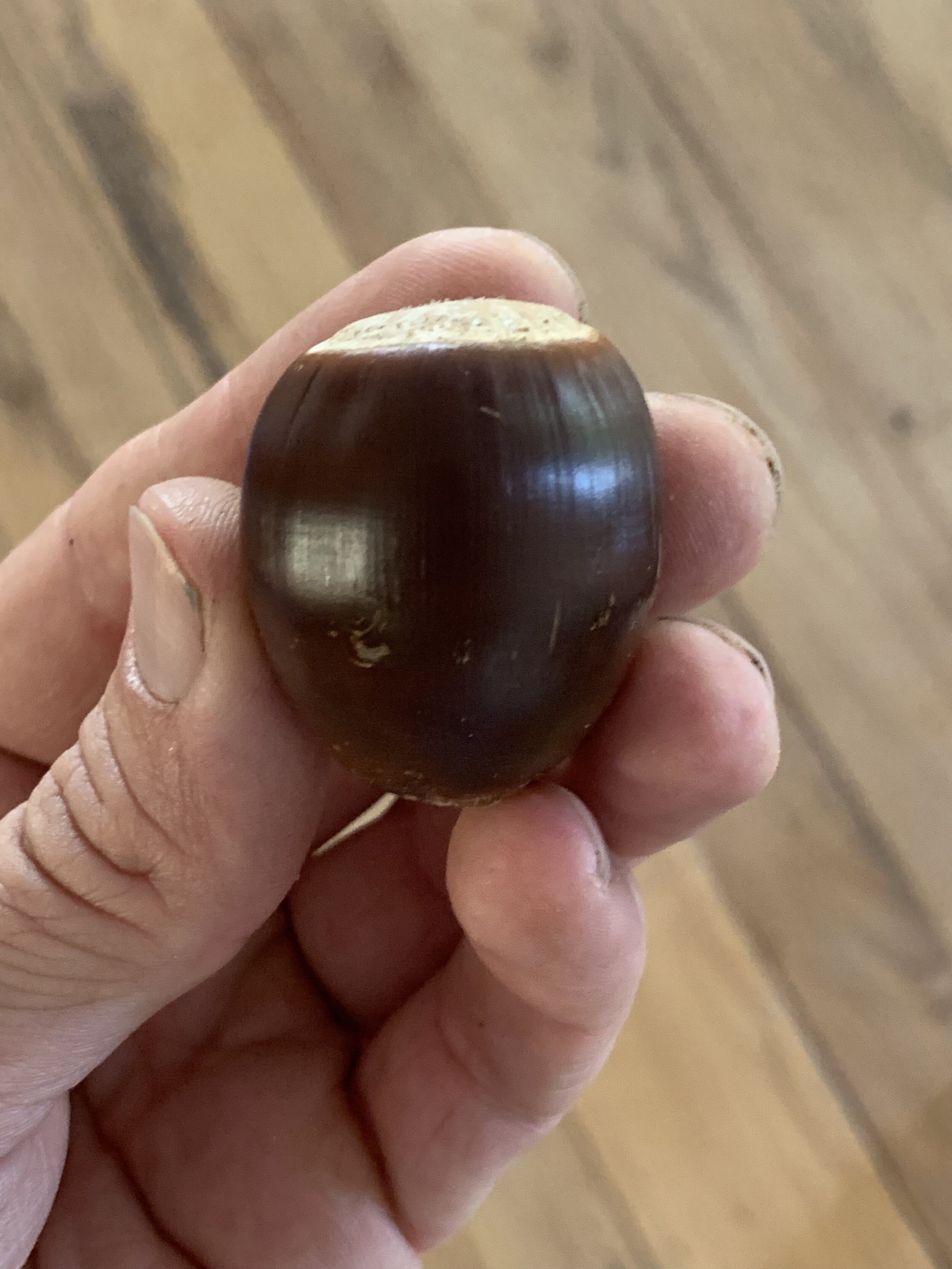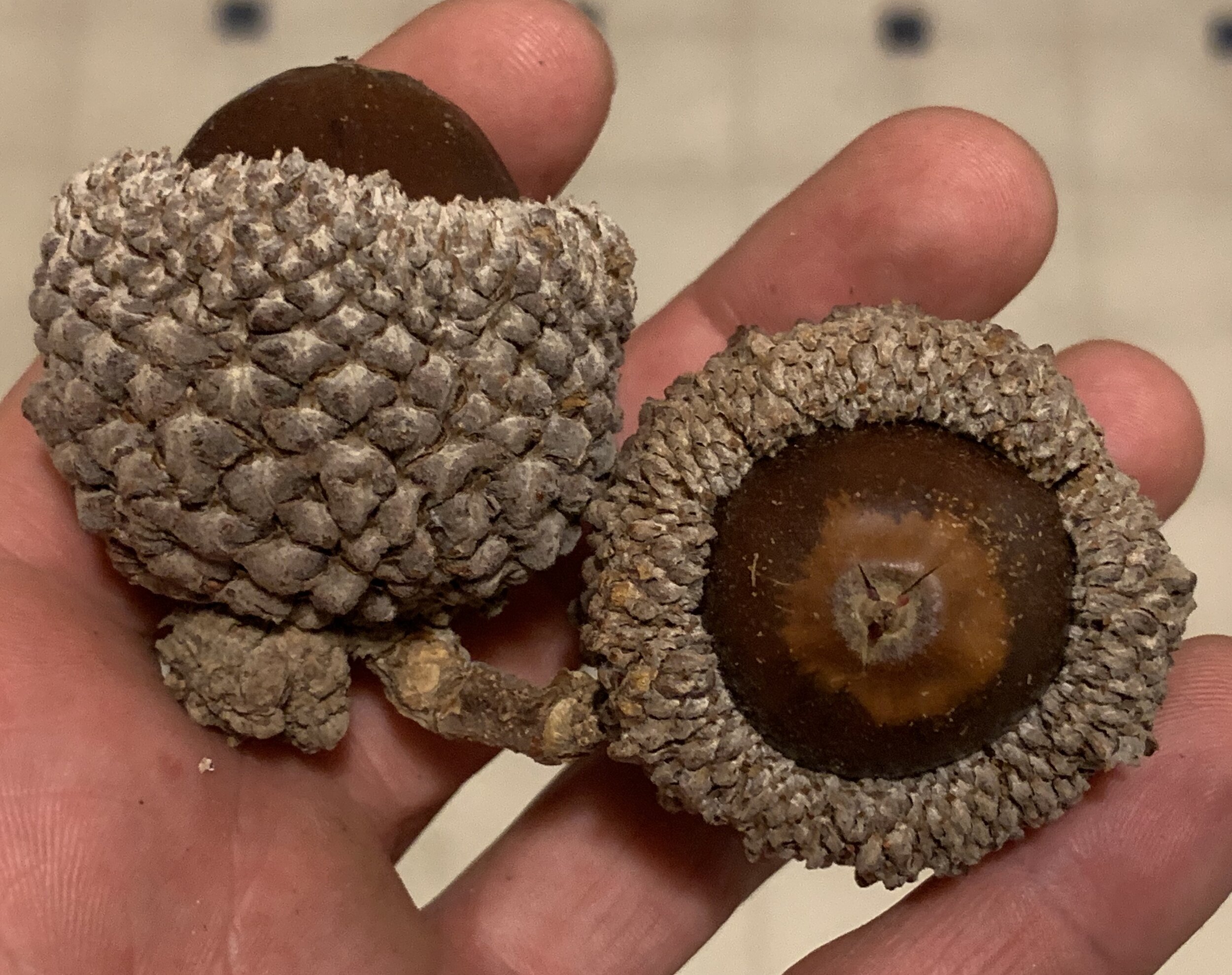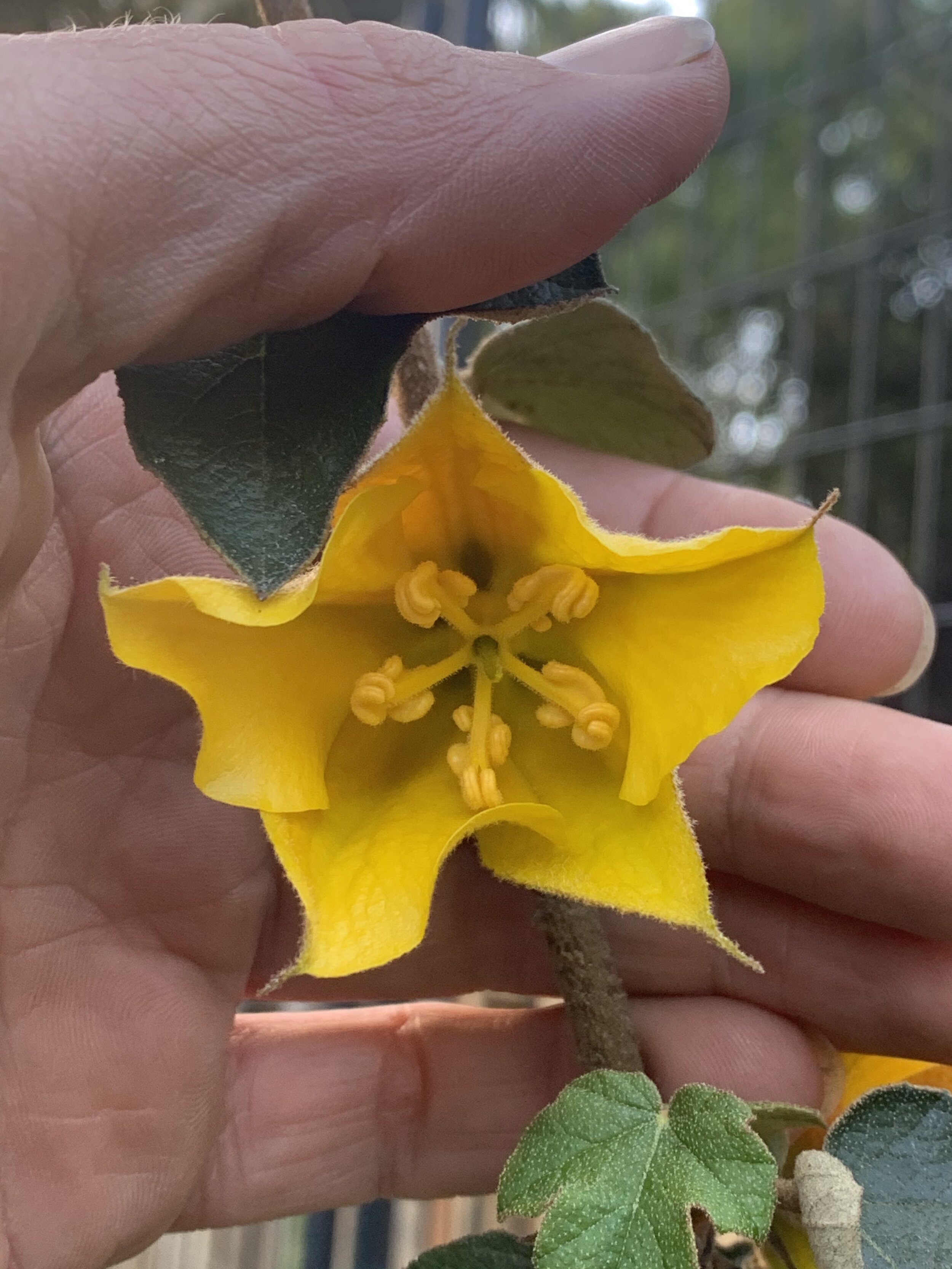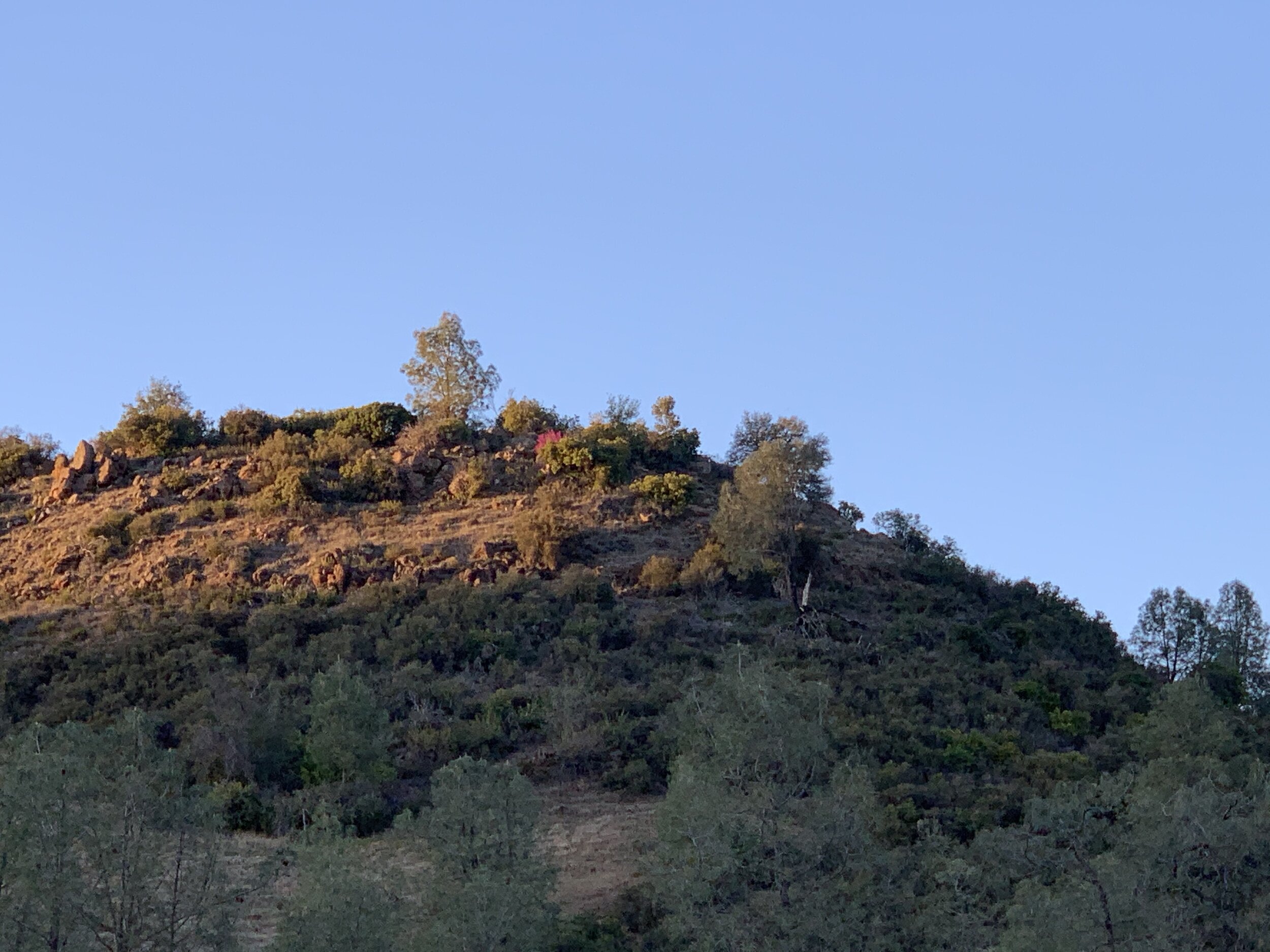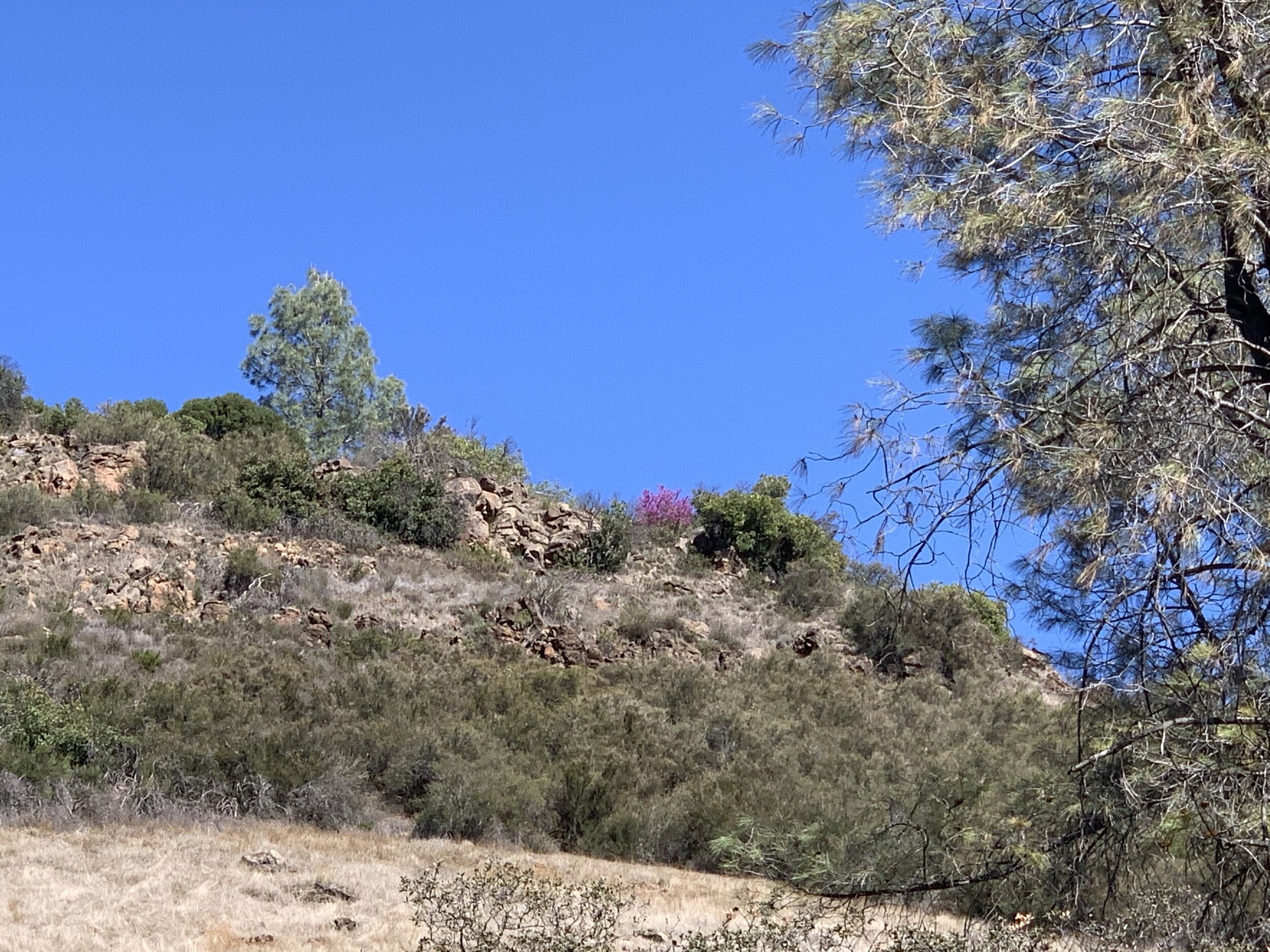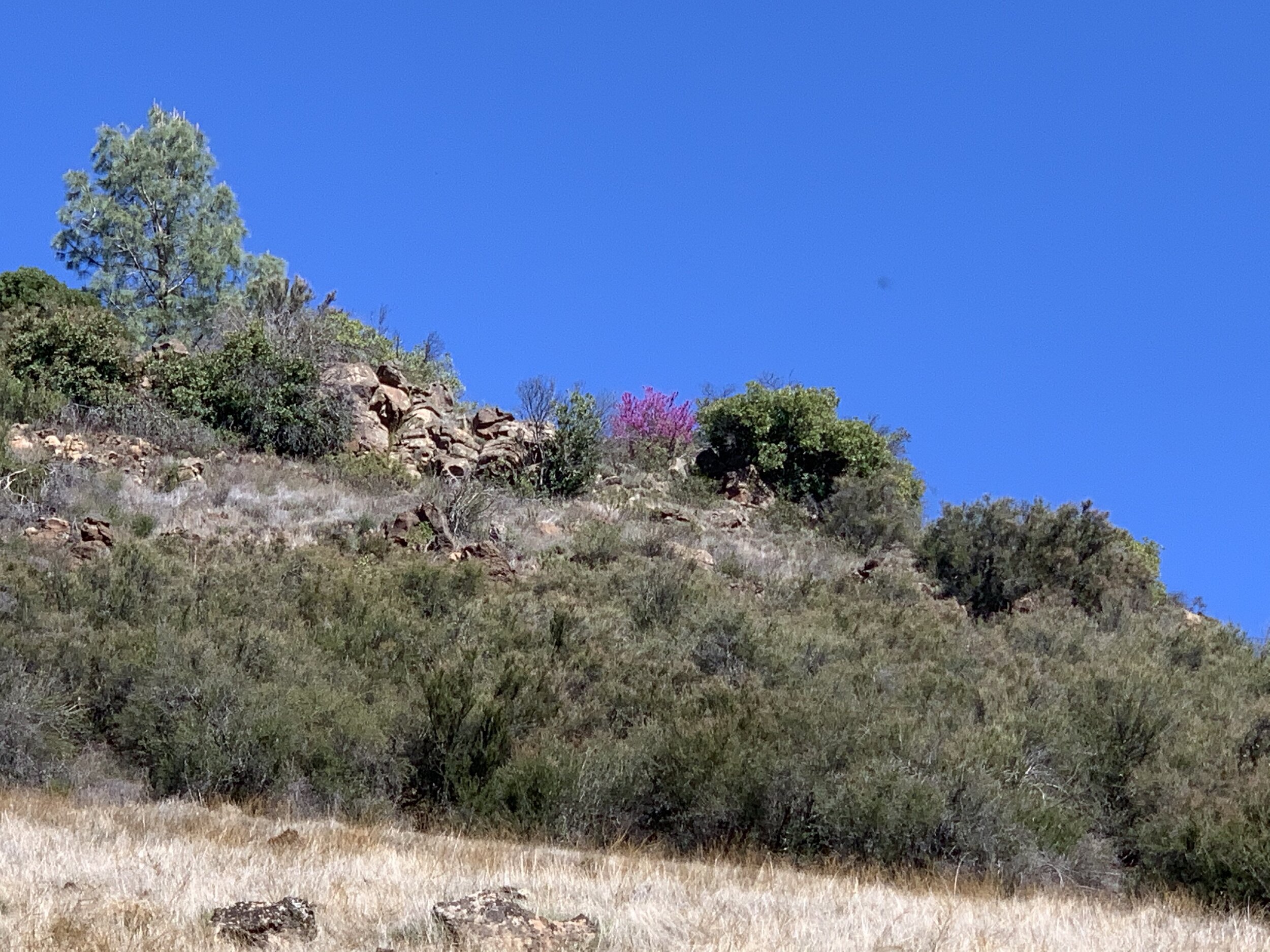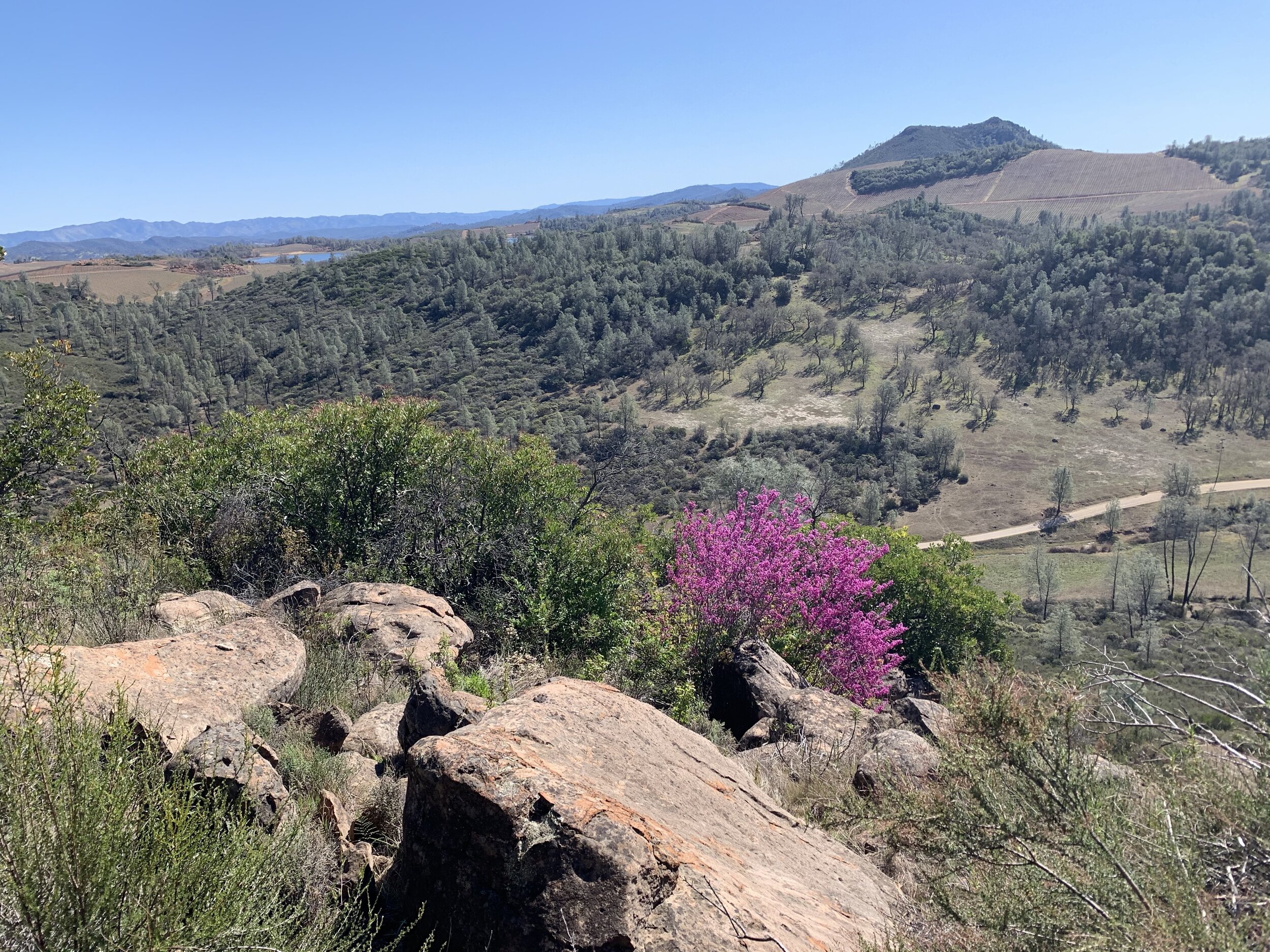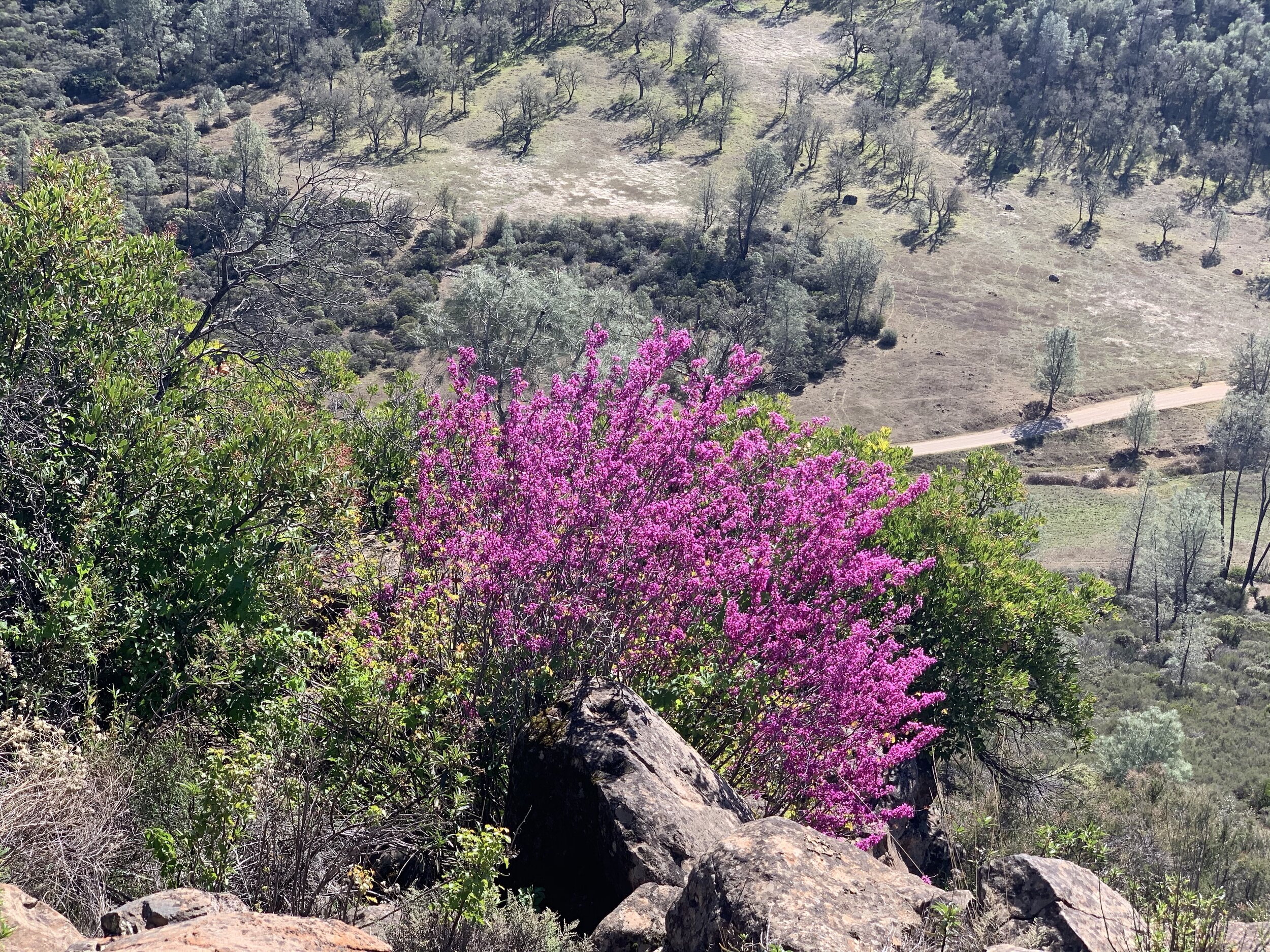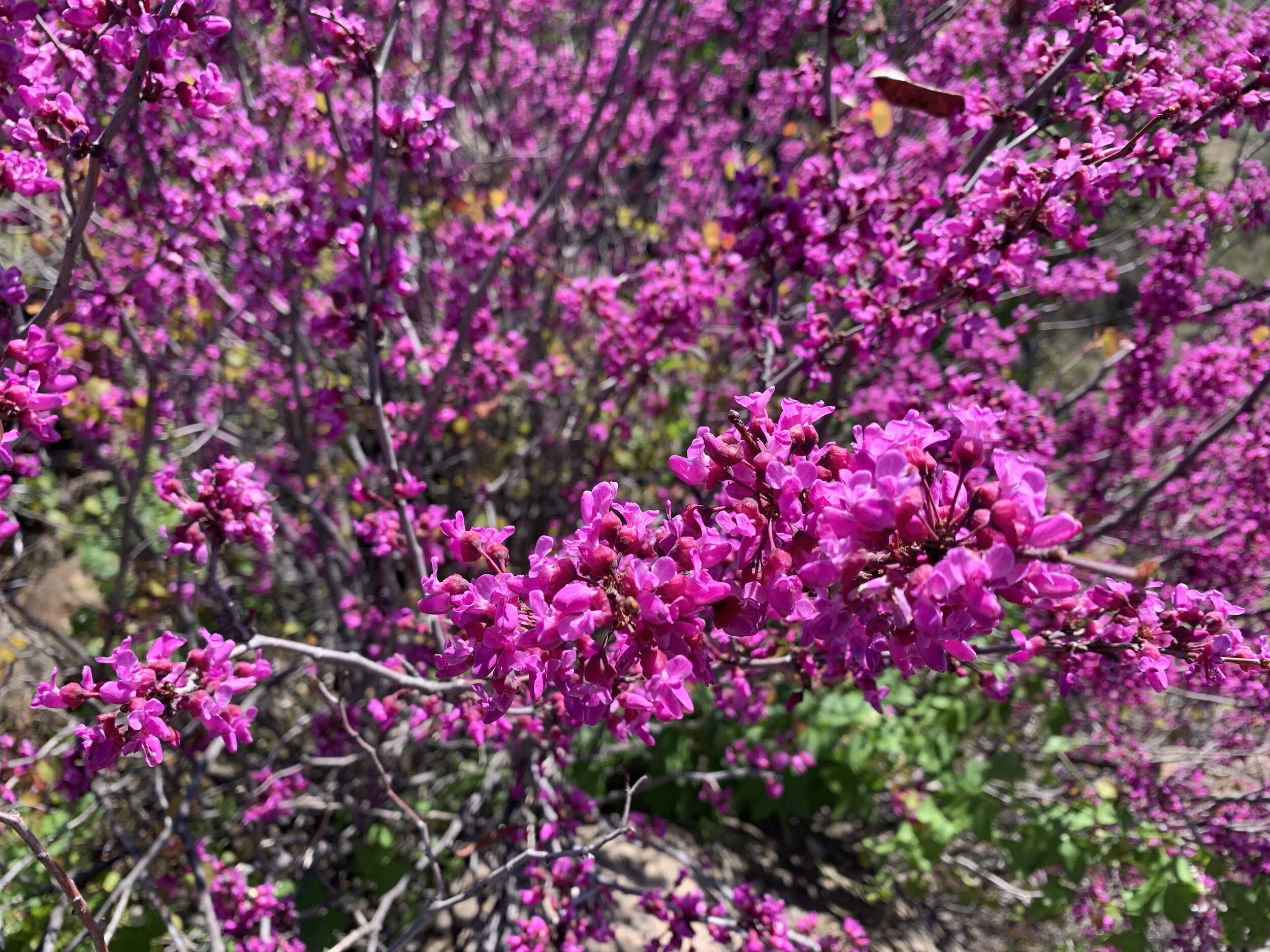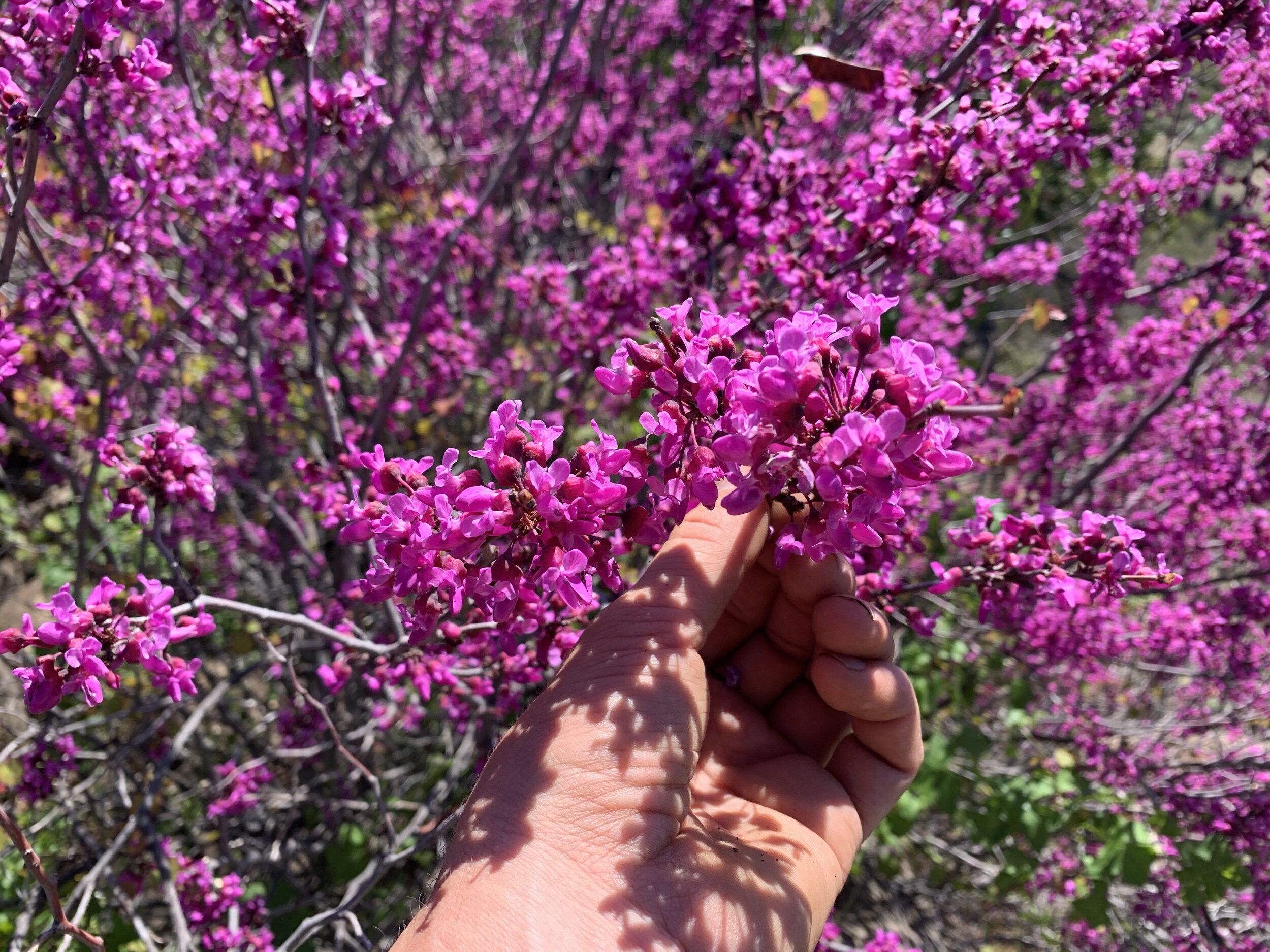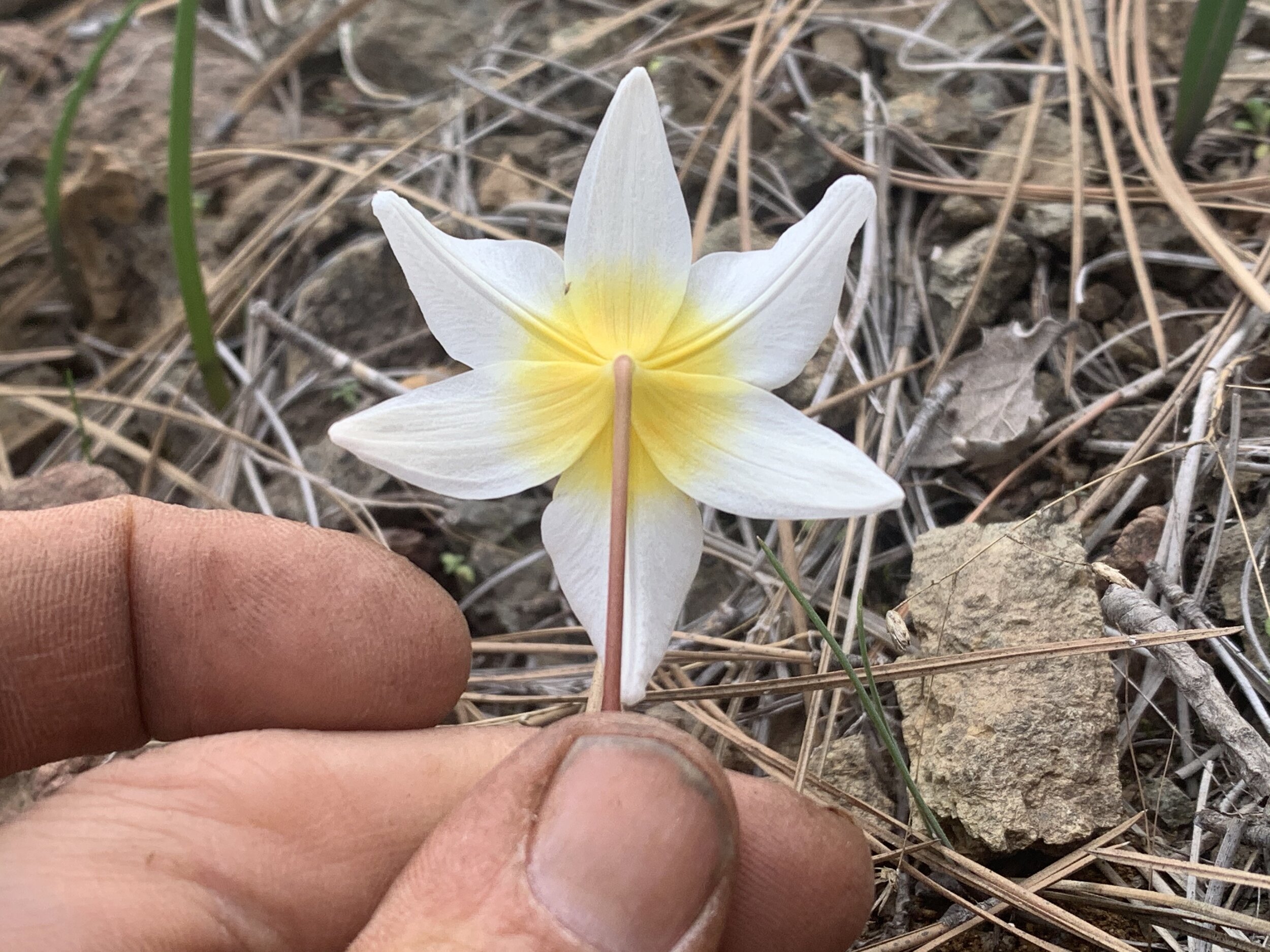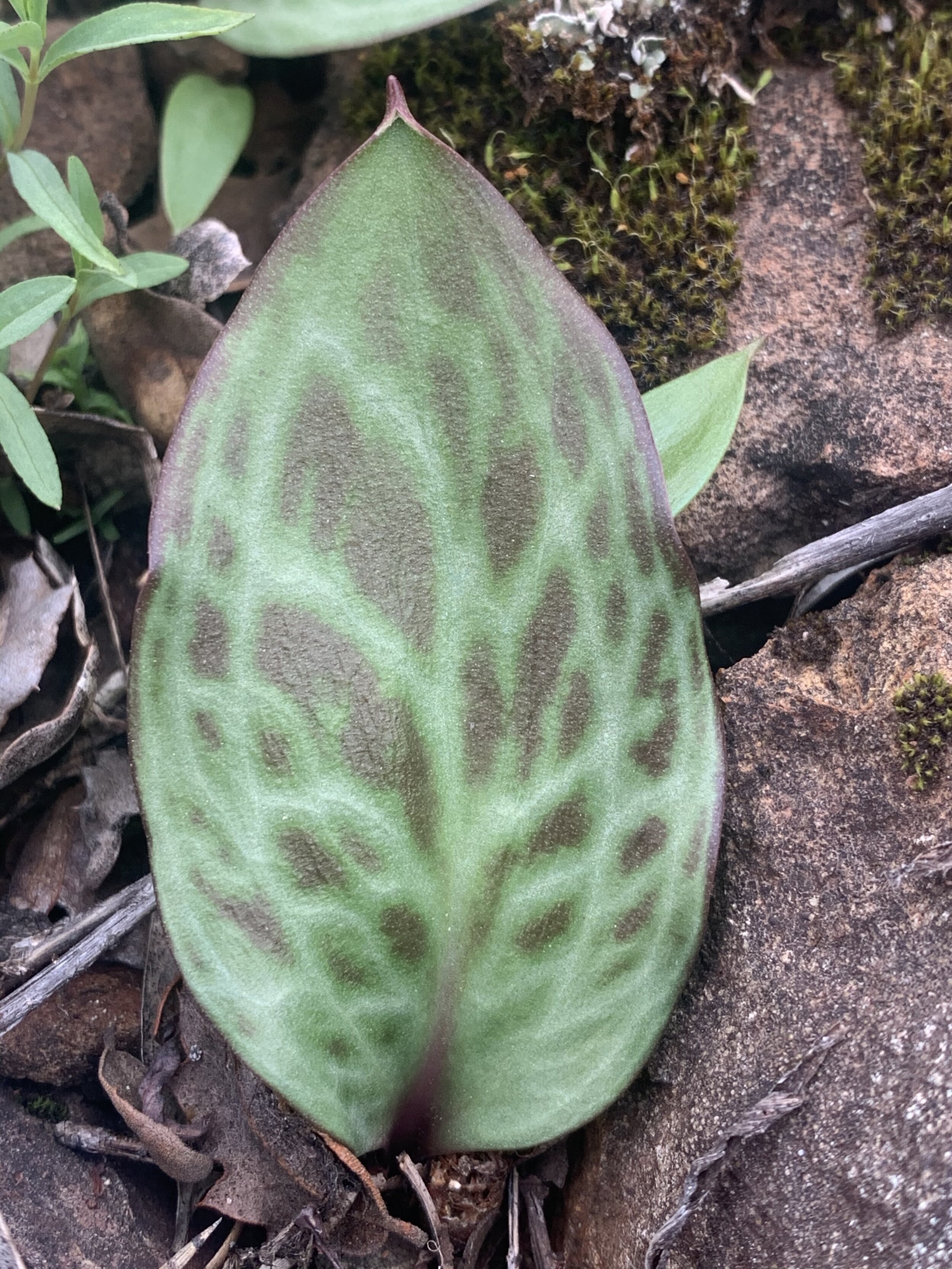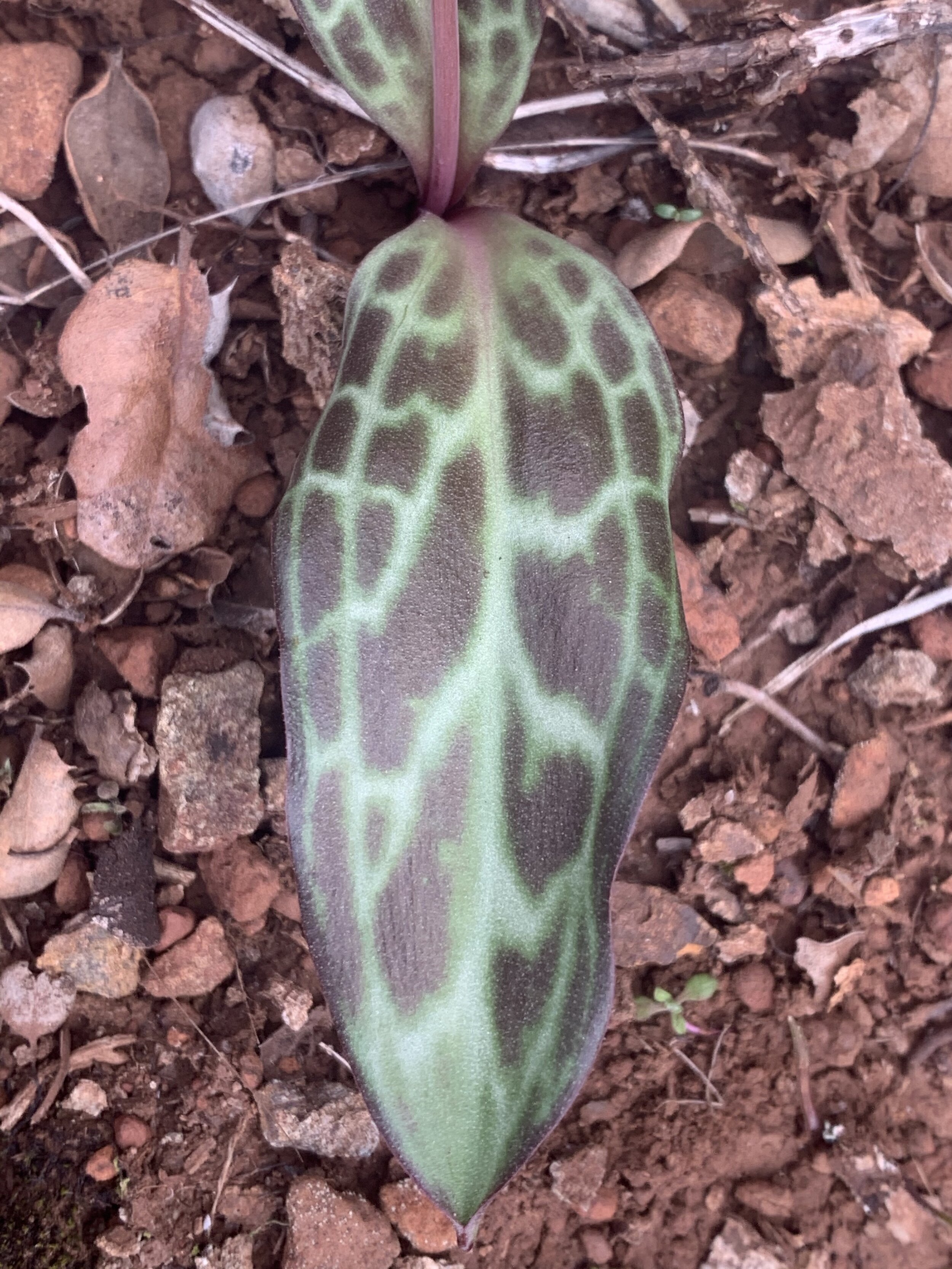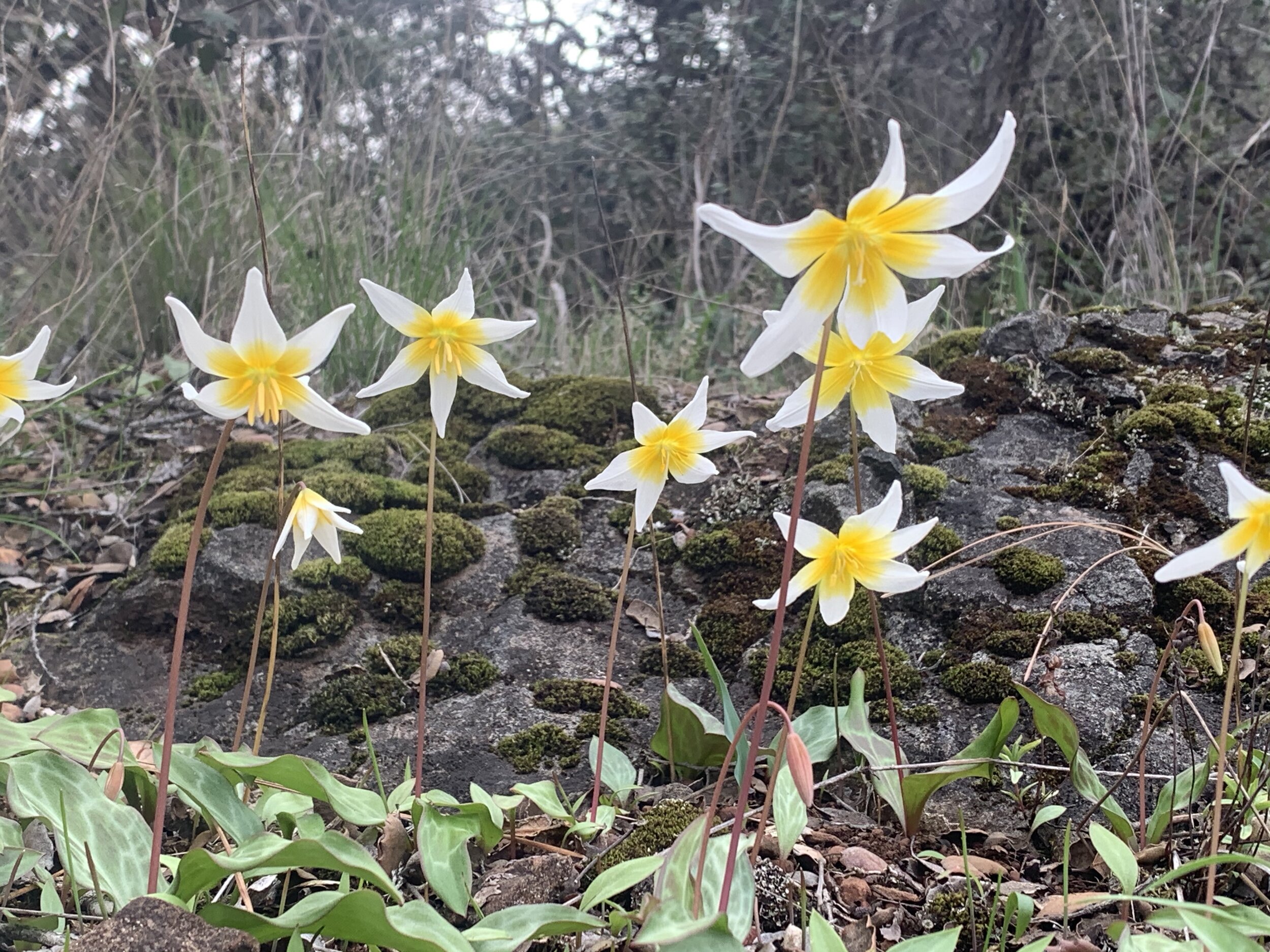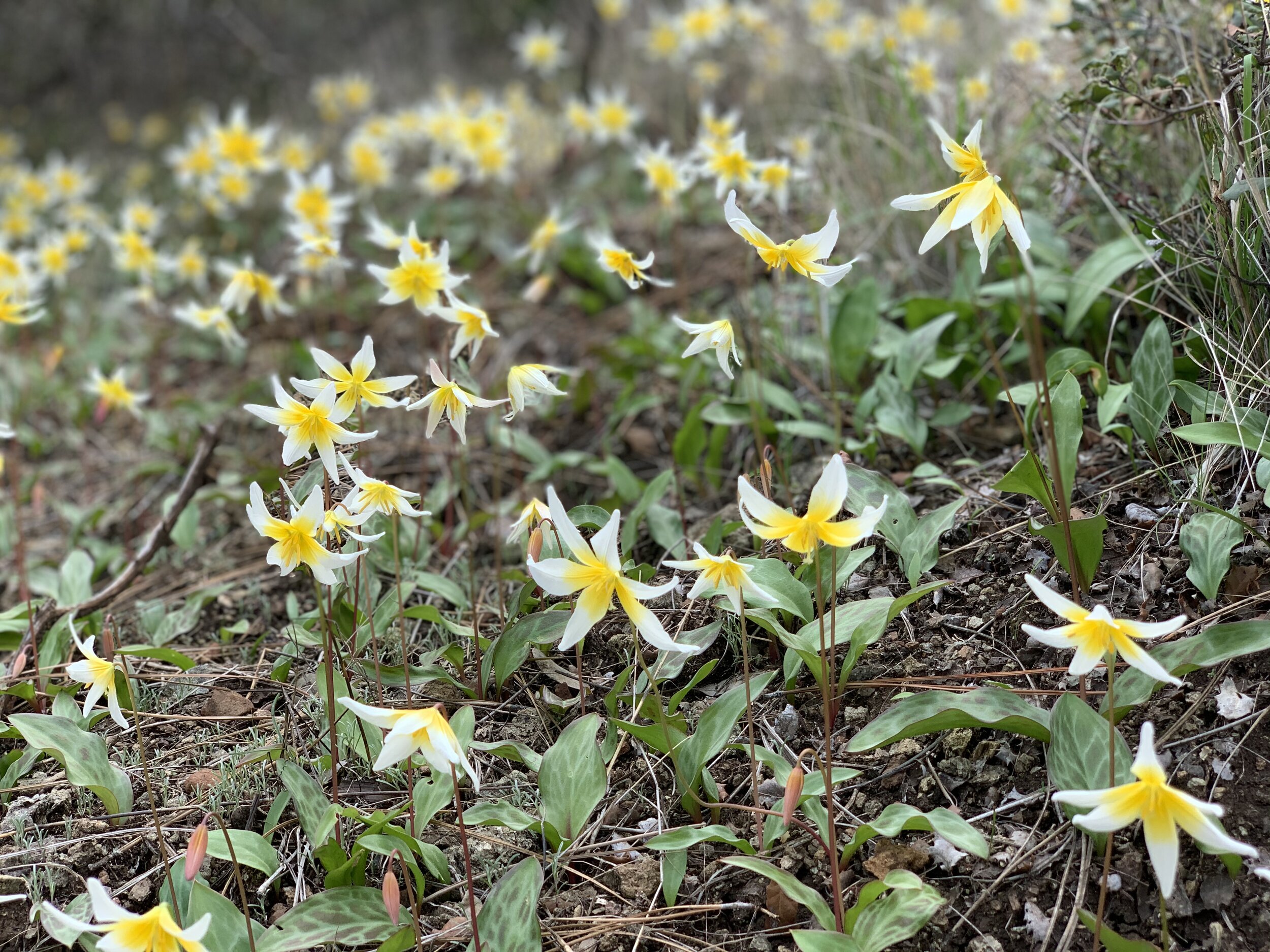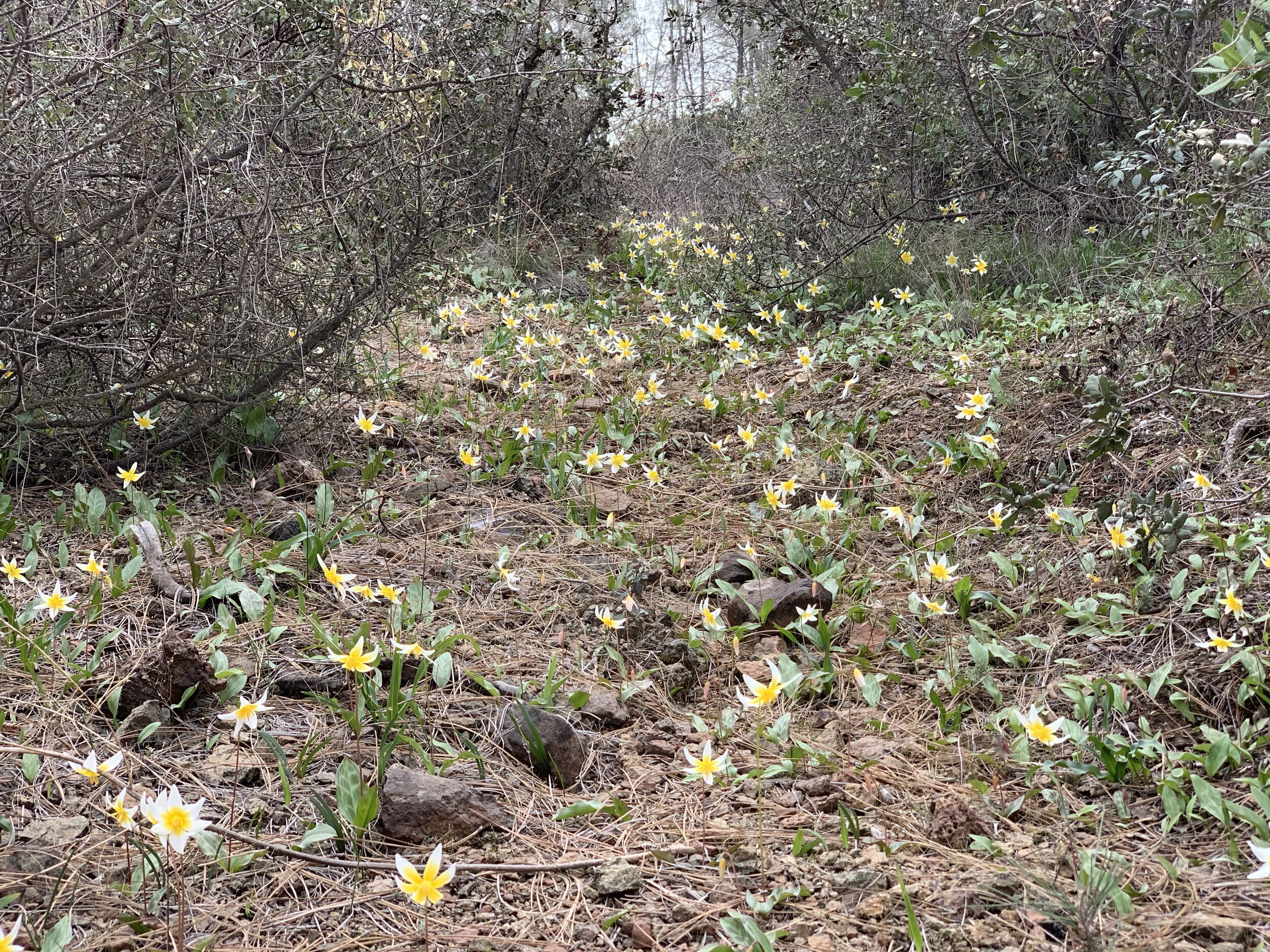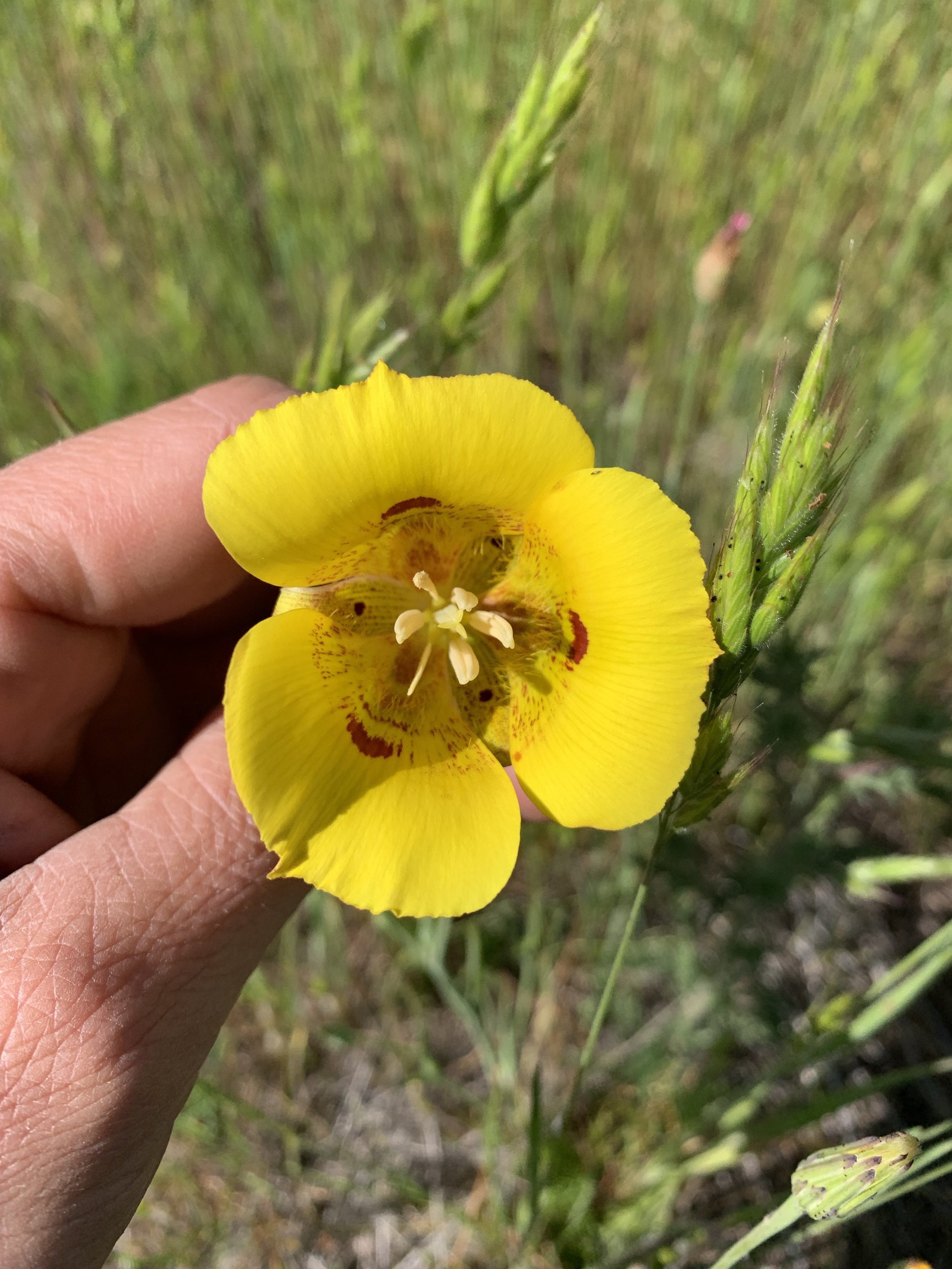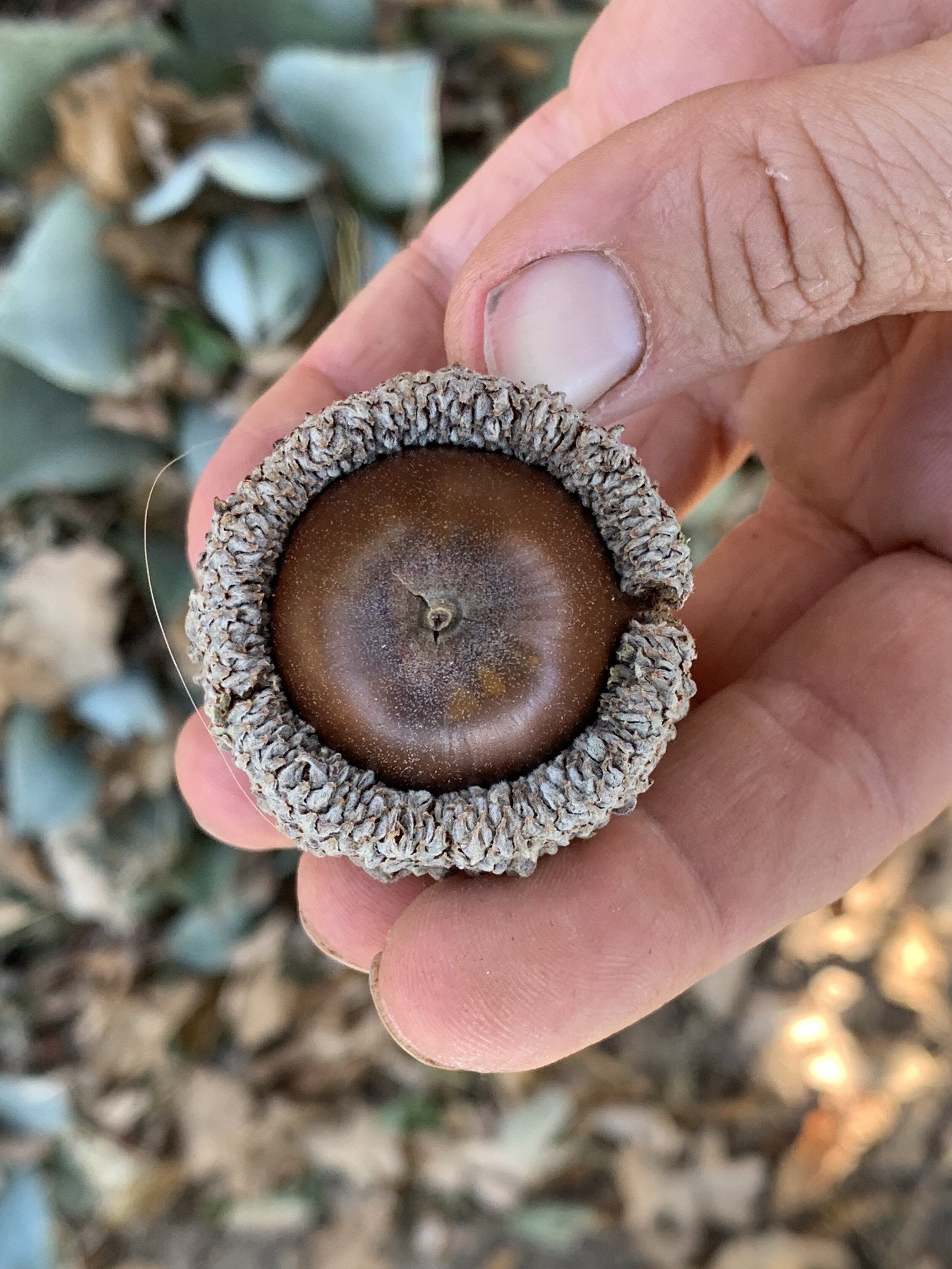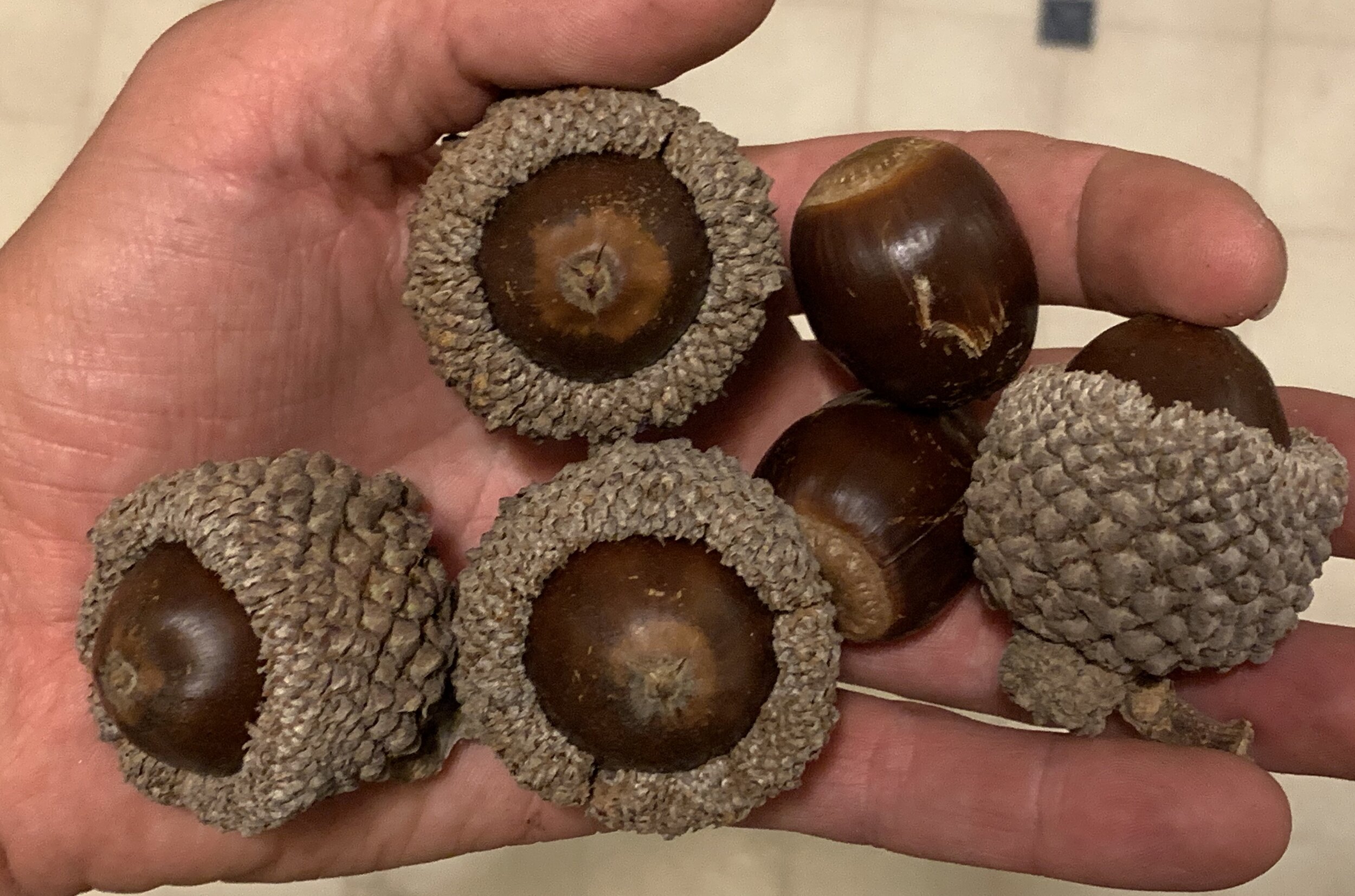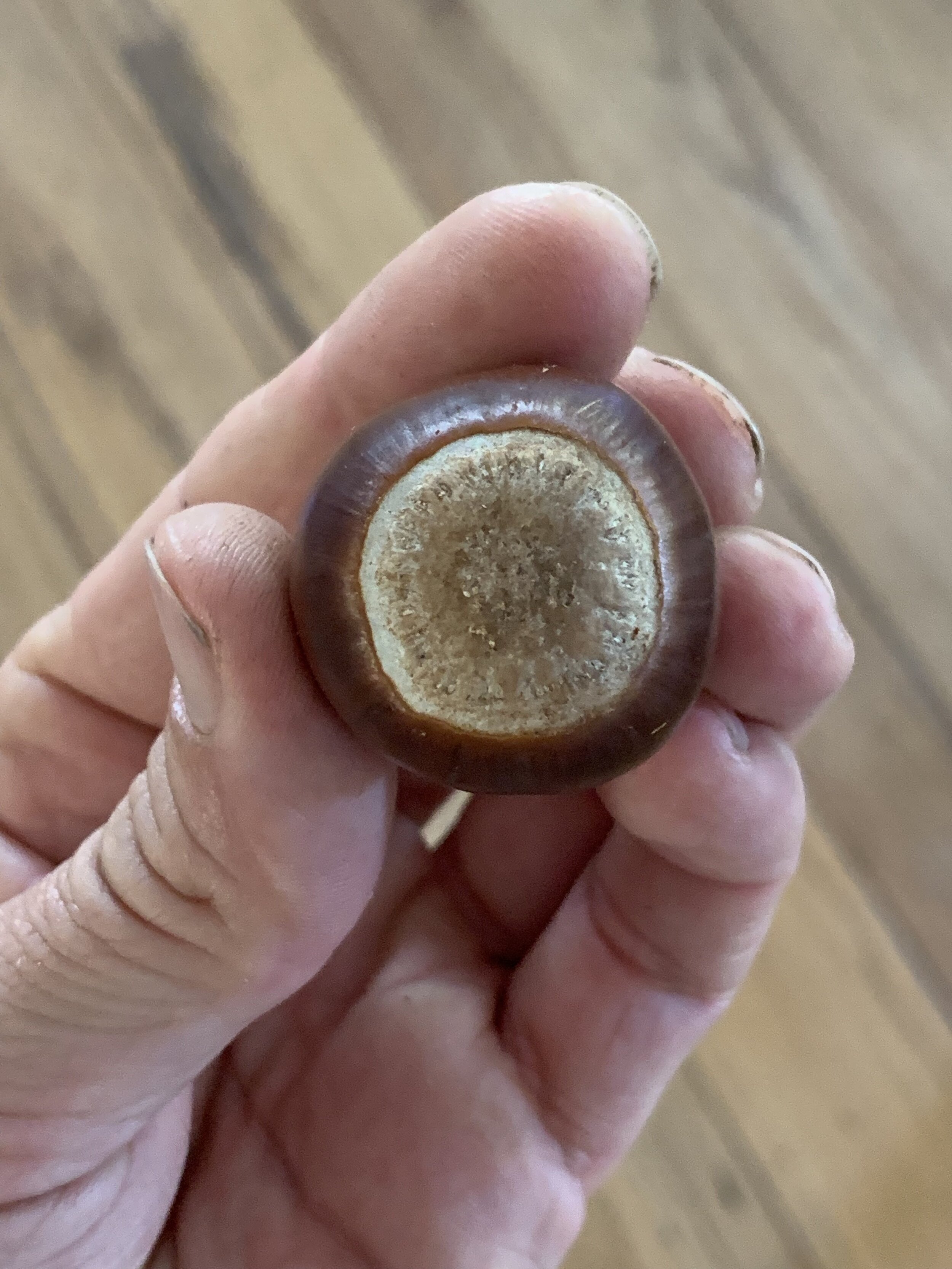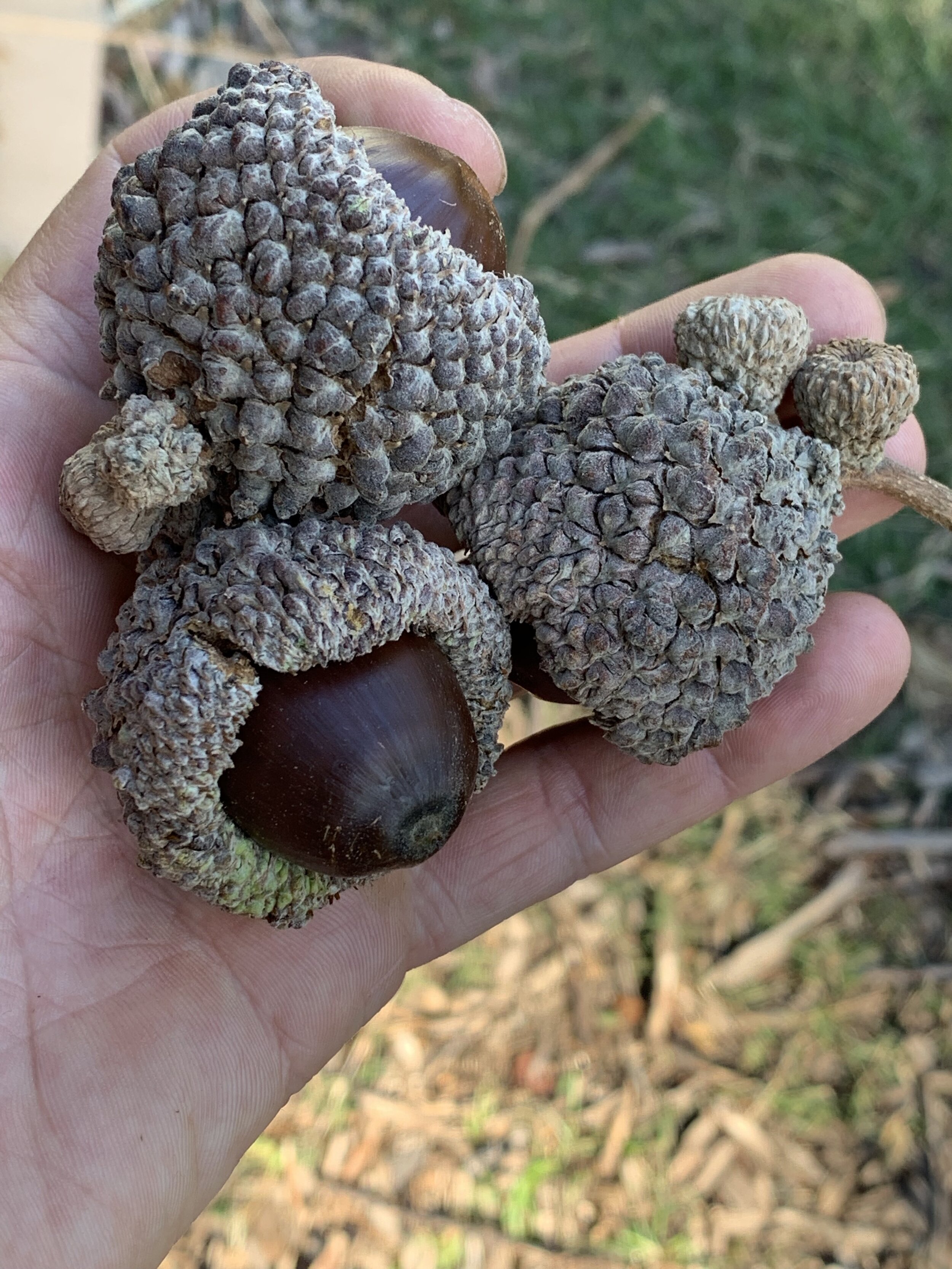California Flannelbush - Freemontodendron californicum
Freemontodendron californicum, or California Flannelbush / Freemontia, is an ancient member of the Malvaceae family, which includes former Sterculiaceae and Bombacaceae.
Fremontia is something of a relic among California’s native species. It is a survivor from a period 60 million years ago when California was less mountainous and more tropical. Two other survivors from this same period include fan palms and ironwood trees, still found in desert climates. Freemontodendron can reportedly hybridize with Chiranthodendron pentadacylon, a fascinating tree from Mexico / Guatemala and the topic of past posts on this site.
Although its natural habitat is on rocky slopes of open chaparral or woodland between 1,200 and 6,500 feet of the coast ranges and Sierra Nevada, fremontia also does well in sunny, dry, almost sub-tropical gardens in Marin.
Freemontodendron californicum is traditional Native American medicinal plant, the inner bark's sap that was used as a topical remedy for mucous membrane irritation and for gastrointestinal upset. The wood was also used by the Californian Yokut and Kawaiisu peoples as a building and furniture material, and the bark for cordage and for nets used in acorn cache holding and snare hunting.
Don’t overwater. Excess summer water can kill this drought loving plant. A few deep waterings spaced evenly though the summer will be more then enough to establish the plant.
Redbud - Cercis occidentalis
Red bud blooming in end of February / early March of this year. Seeing the shock of pink from a distance I hiked up to check this one out. A truly spectacular spring blooming native shrub. The blooming plant is covered in numerous kinds of bees and insects.
Erythronium oregonum - California Fawn Lily
Erythronium californium is a herbaceous perennial bulb native to Northern California. I took these photos in Lake County where the highly scented flowers appear in full bloom at the end of February through March. numbering in the many thousands.
The bulbs, along with many other regional species, were an important food source for indigenous peoples. The bulb populations we see today are remnants of previously managed and far more extensive traditional food and land management systems.
The area depicted in these photos consists of semi-dense chaparral consisting primarily of Manzanita, Heteromeles, and Quercus (duration) along with Umbellaria californica, CThe Erythronium appears in profusion, as shown below, in the understory. The bulb seems to co-exist along side a healthy gopher population, which, reportedly, can aid in the dissemination of bulblets .
Other important genera of edible neophytes widely consumed in pre-contact California include Allium, Brodiaea, Camassia, Chlorogalum, Calochortus, Dichelostemma, Lilium, Lomatium, Perideridia, Sanicula, and Triteleia.
Aesculus California growing out of a rock outcrop - Lake County, CA
In its natural habitat in Aesculus California seems to like to germinate out of rock spills, often growing out of cracks and crevices. These are very resilient trees with beautiful branching structure, often among the first trees to leaf out in late winter and the first trees to loose their leaves in mid - late summer.
Calochortus luteus
Quercus spp., Q. macrocarpa?
I found this unusual species of Oak the other day falling from a neighborhood tree.
The closest similar oak species I can find is Quercus macrocarpa, the Burr oak or Mossy cup oak. However Q. macrocarpa has a more hairy cup with clearly visible hairs along the cup margin. In contrast the cup of this acorn was extremely thick, hard and woody, almost like scales.
One possibility is that this is a hybrid of Q. macrocarpa and some other oak species and that this acorn is an one of many phenotypic expressions.
Quercus macrocarpa is one of the largest seeded oak species in the world and the largest in N. America. The largest is the neotropical Quercus insignia. The seed is notable for its massive size and considerably low tannin content when compared to other acorns.
Any thoughts on positive ID welcomed in Comments.
Asclepias fascicularis - Narrow-leaf milkweed
Below are photos of the spectacular flower and thin leaf of Asclepias fascicularis, the narrow-leaf milkweed. This species, and others in its genus, is a specific monarch butterfly food and habitat plant. Planting milkweeds and helping to support their populations can aid in creating habitat for the dwindling populations of monarch butterfly.
Narrow-leaf milkweed flower and bud at varying stages.
Narrow leaf milkweed leaf and unopened flower (bud).
Sorbus domestica hybrids - Hybrid Mountain Ash
Calochortus amabilis - Golden fairy lantern
Calochortus amabilis flowers.
Calopchortus amabilis, another California native flowering bulb. This is a stout branching plant with bright yellow flowers with a triangular outline.
The plant prefers higher levels of shade, and soil humus rich in organic matter, however it grows in the wild in a wide variety of conditions, including full sun, rocky hillsides, chaparral and Serpentine soils. .
In the wild the plant can be found along the North Coast Ranges from Solano and Marin Counties to Humboldt an Colusa County.
As with the bulbs of many Calochortus species, C. amabilis bulbs were traditionally eaten by Indigenous peoples in the region. Bulbs were baked or boiled and eaten in a similar way as sweet potatoes. Large swaths of land were carefully sustainably managed over generations to provide supply of these delicious and nutritious bulbs.
Young seed pods on Calochortus amabilis
Calochortus amabilis flower close-up.
